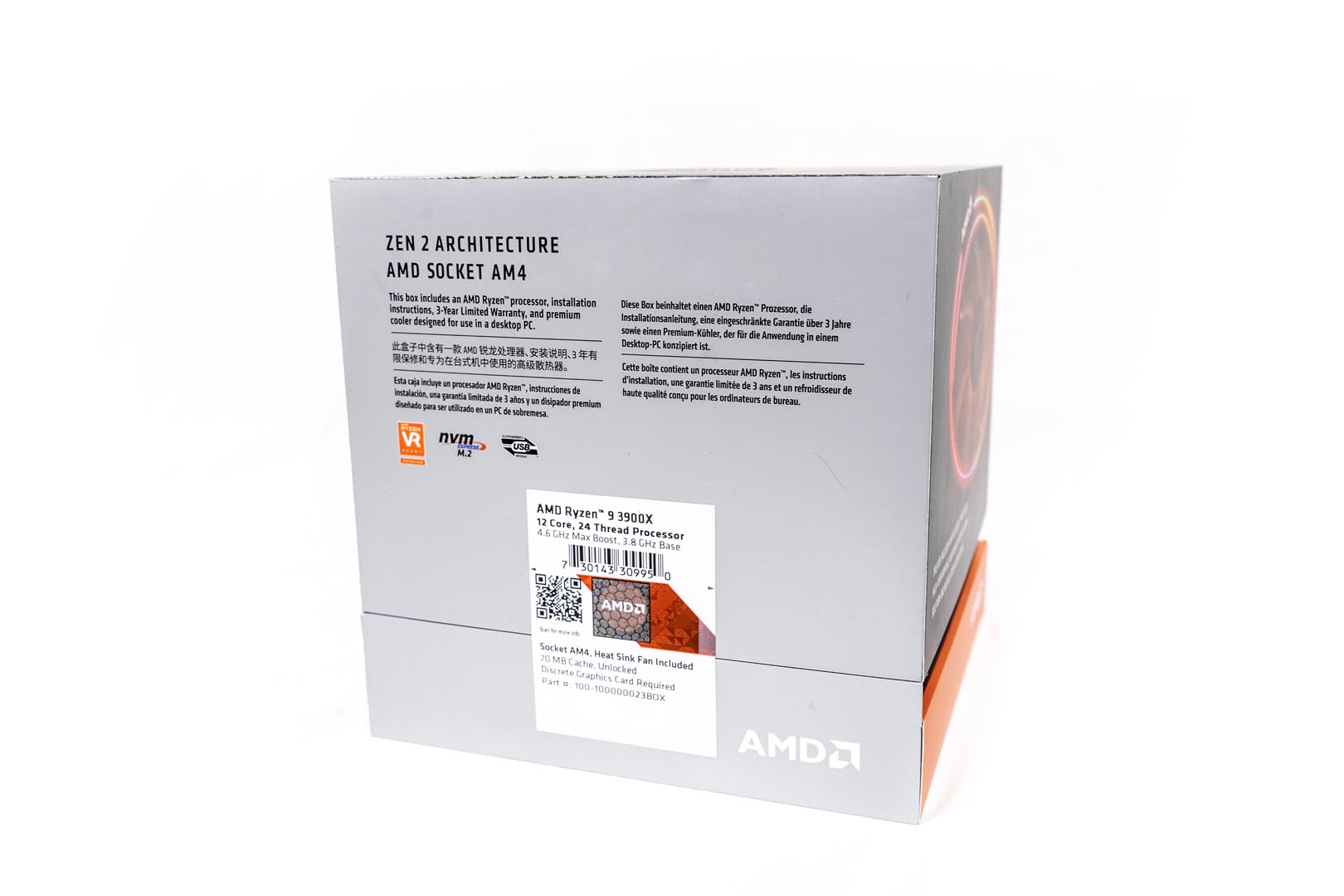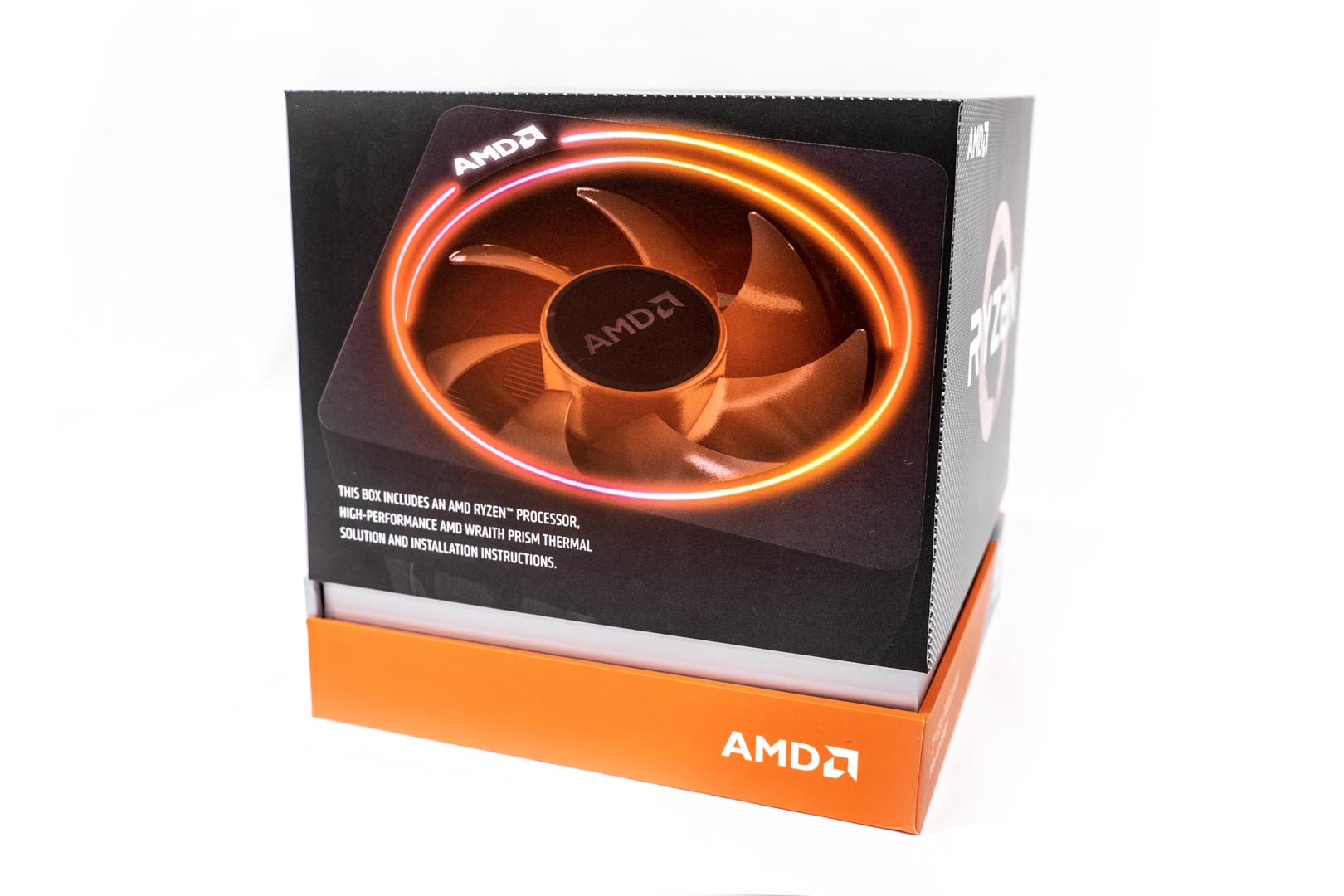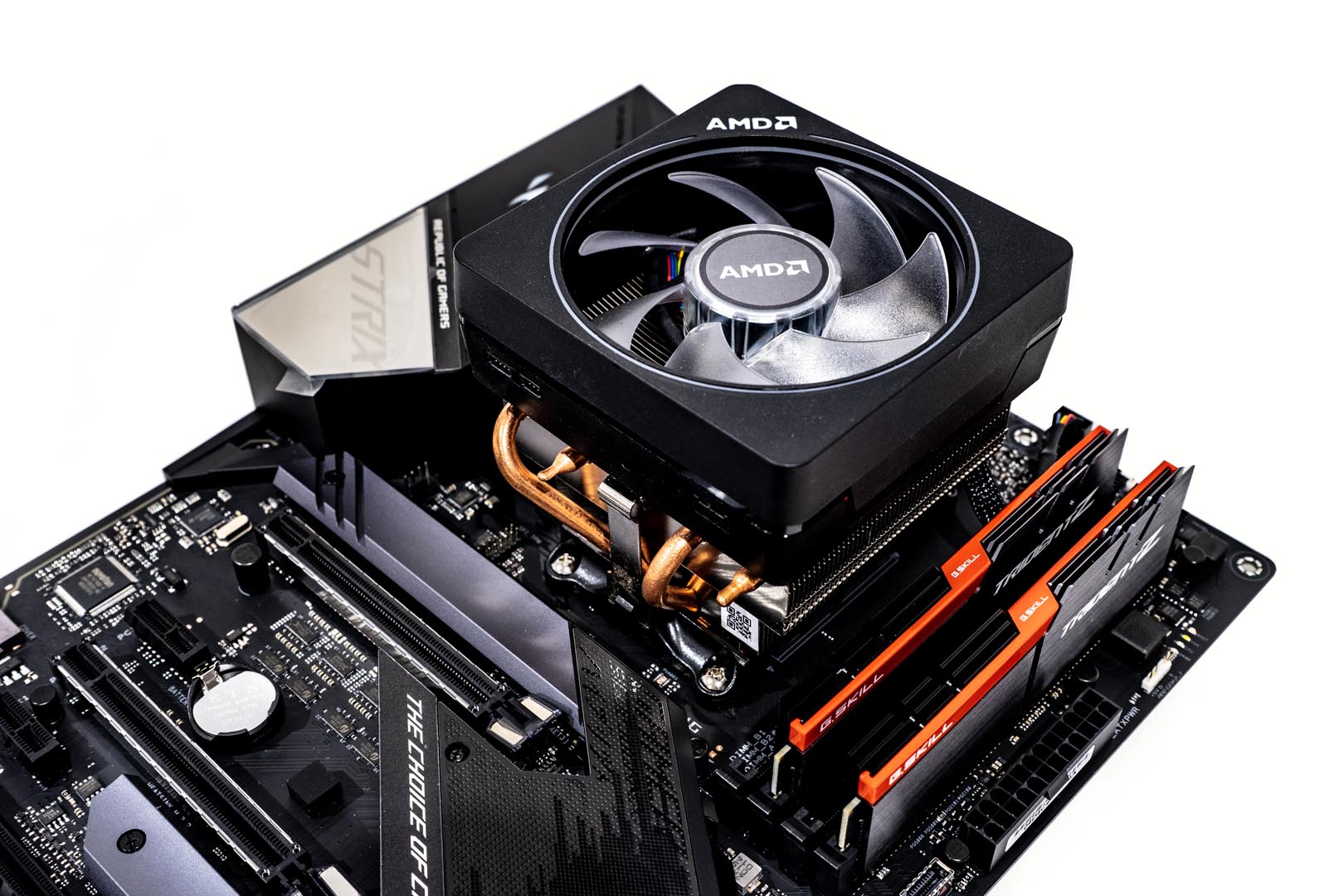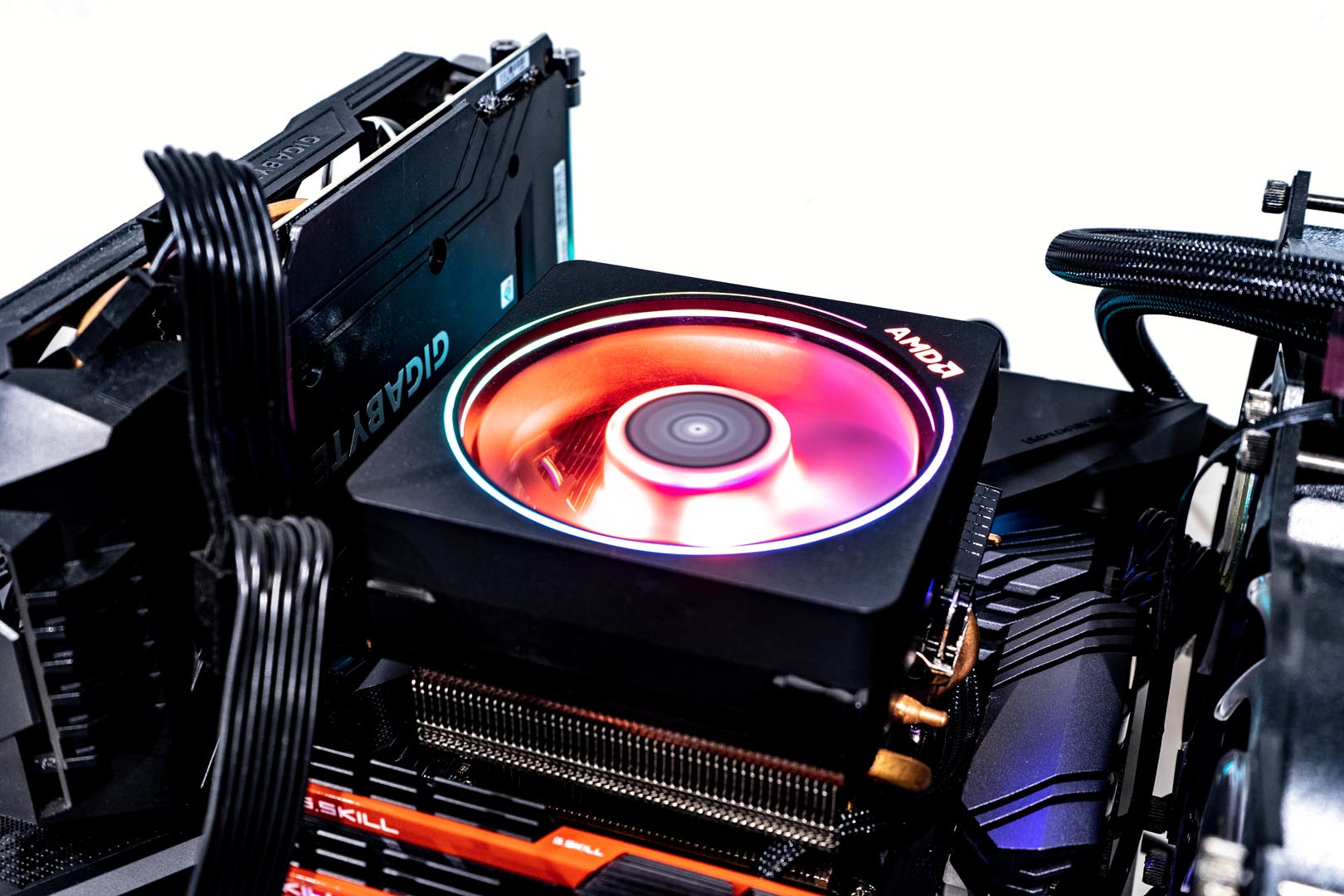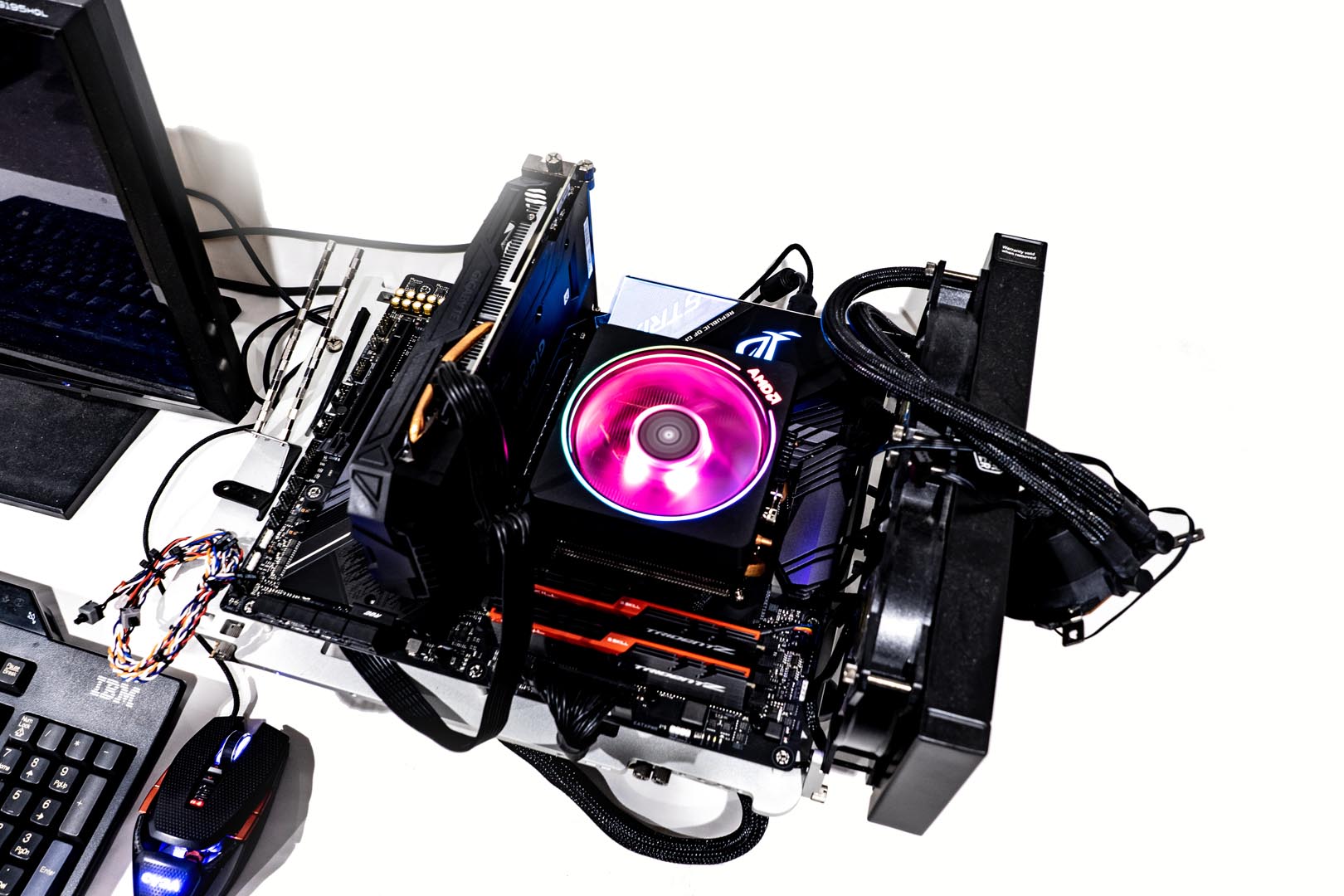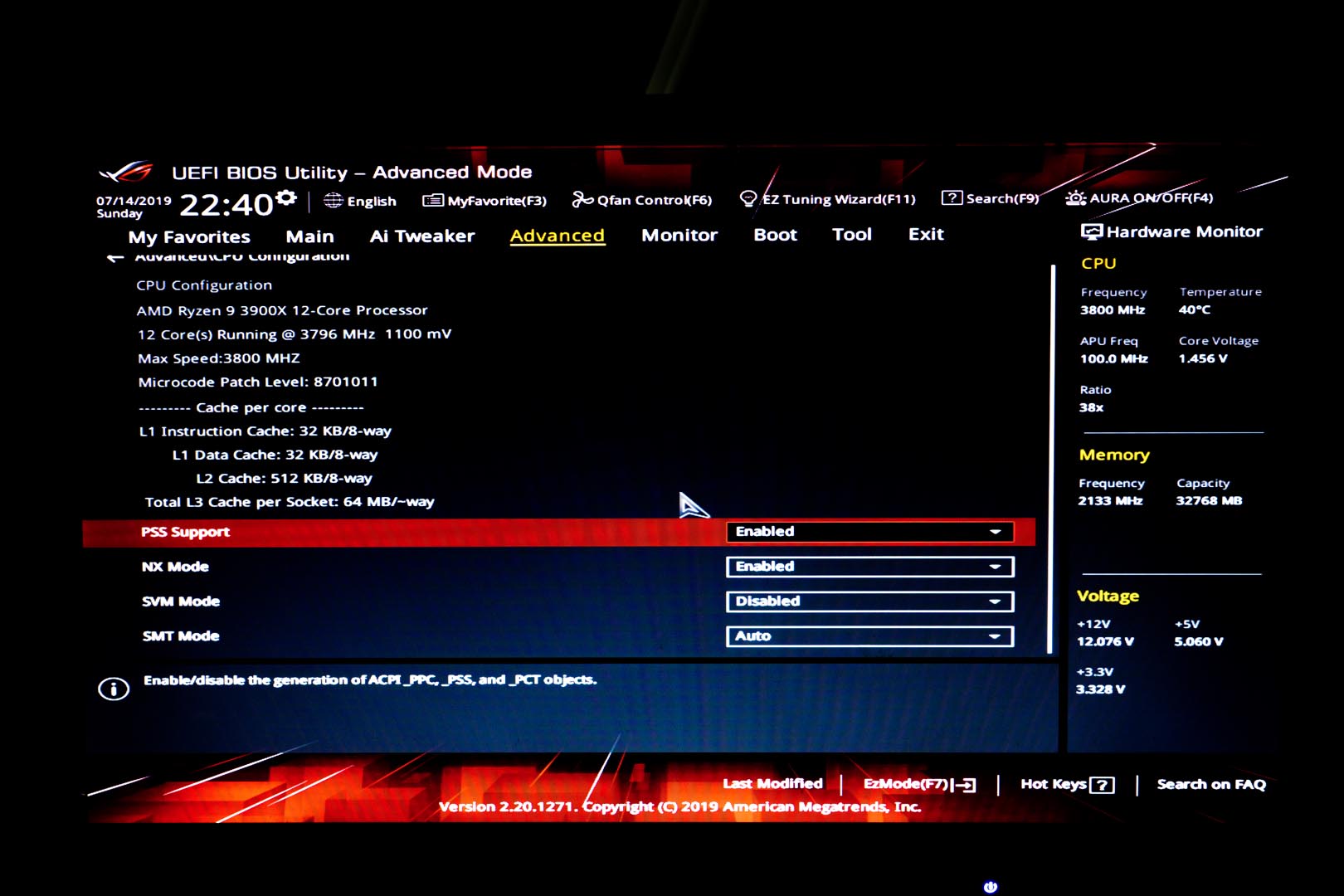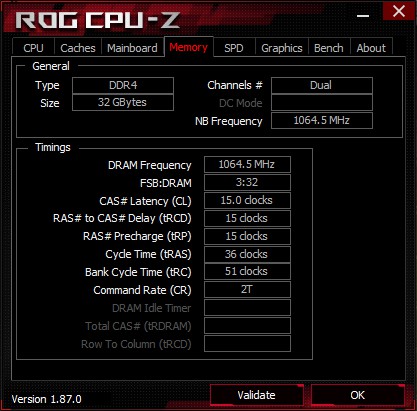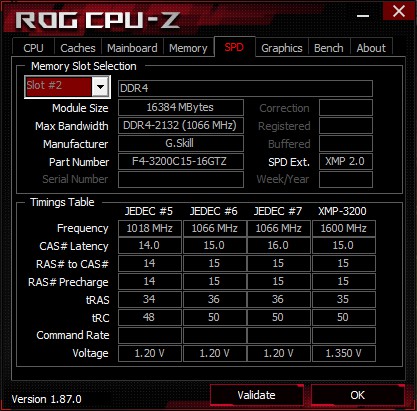Here at EPIC PC we have been anticipating the arrival of AMD’s latest 3rd generation Ryzen 3900X CPU, and the new ASUS X570 series ROG Strix X570-F motherboard. The board uses the latest PCIe Gen4 controllers to support greater bandwidth and enable blistering fast speeds. In order to take full advantage of this latest PCIe Gen4 platform, we also got a PCIe Gen4 NVMe SSD that Corsair just released. Let’s get right into looking at the hardware used in this test.

AMD’s turnaround: 3rd generation Ryzen 3900X with a main cache of 70MB, and a TDP of only 105W. The new generation CPU’s are packaged almost identical to the previous generation, with a combination of silver and orange, but replaced with a cardboard box, printed with scaly texture.
CPU Package Appearance
The CPU package uses a semi-open design, with a transparent window like the Intel’s design

The internal package, adorned with the ‘Built To Perform, Designed to win’ slogan
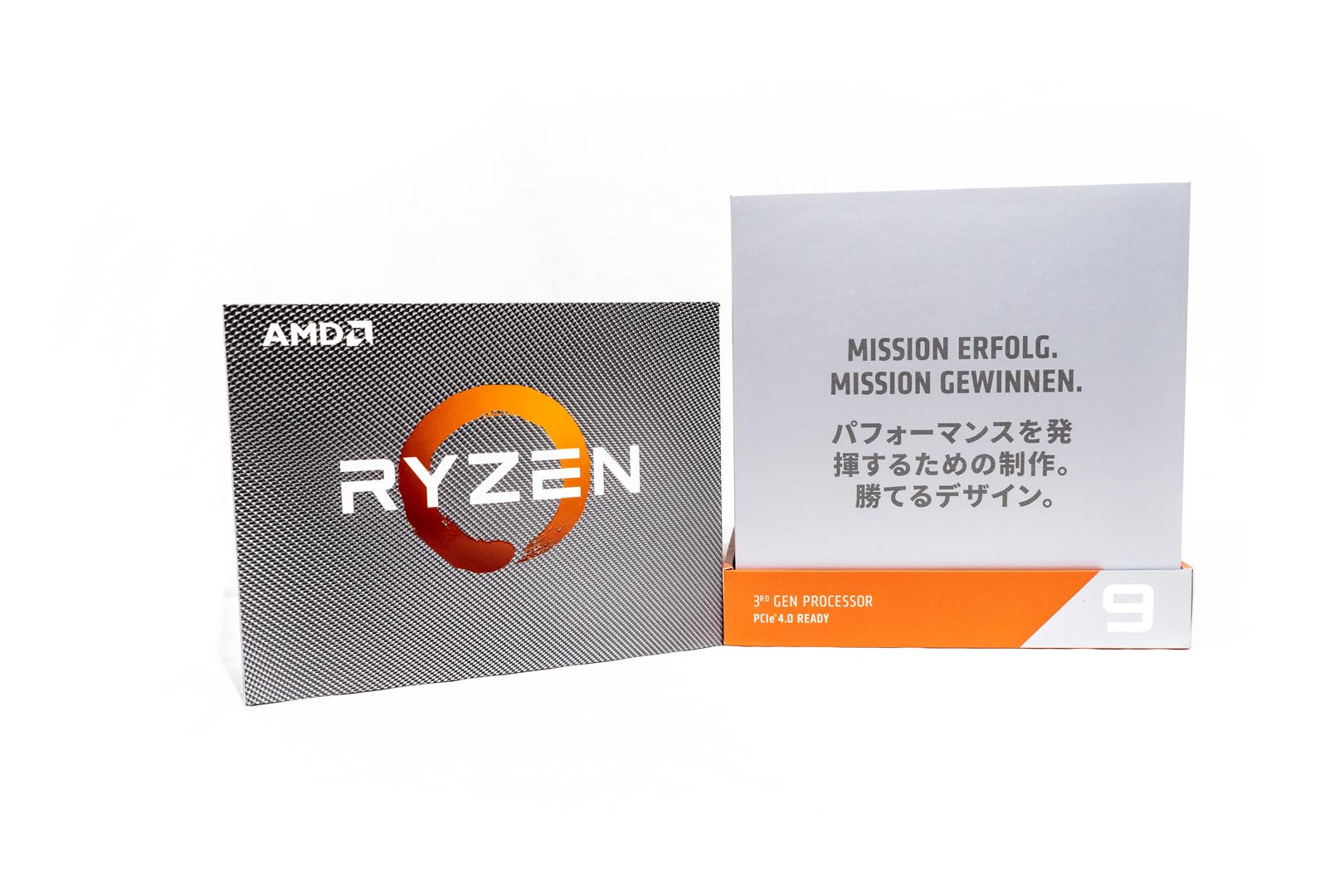

The box contains the CPU, the special designed new generation Ryzen sticker and the Wraith Prism CPU cooling heatsink
The main CPU is not particularly different in appearance from the previous generation Ryzen CPU’s, but the internal structure design is completely different



In terms of heat dissipation, AMD is still quite ahead compared to Intel, Intel opting for a very basic heatsink. The Ryzen chip comes with its own RGB Wraith Prism heatsink, which is no different from the previous generation of radiators
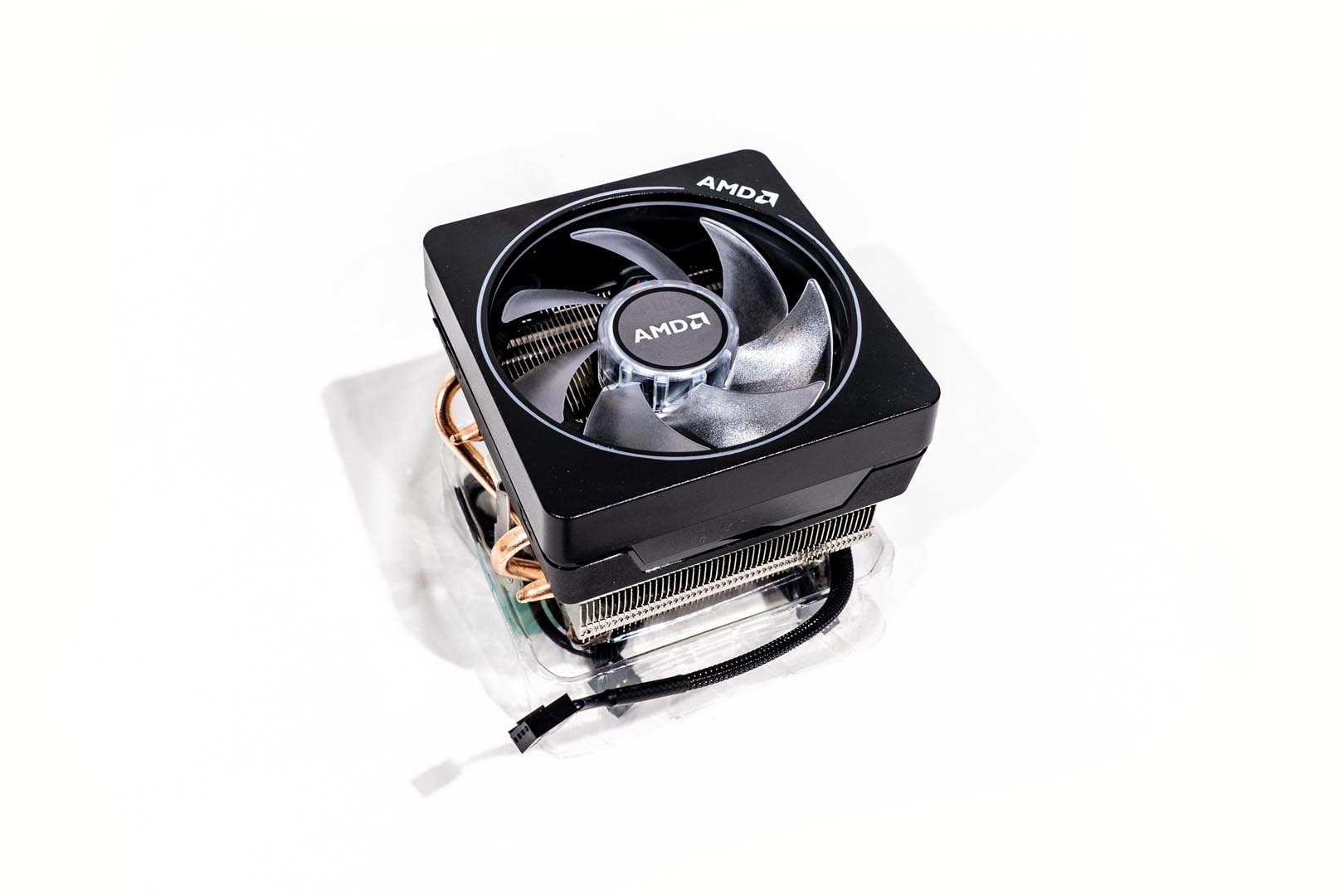
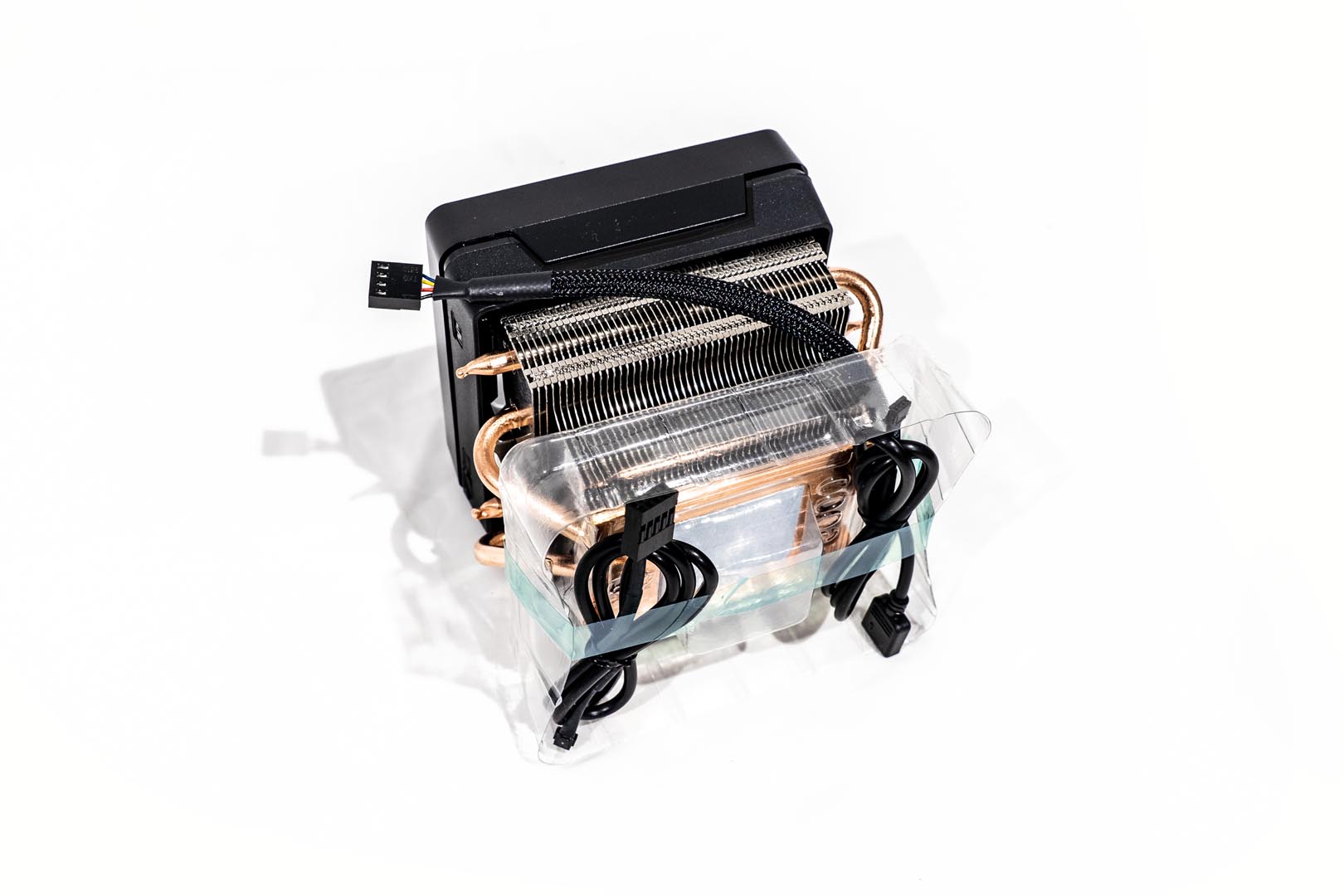
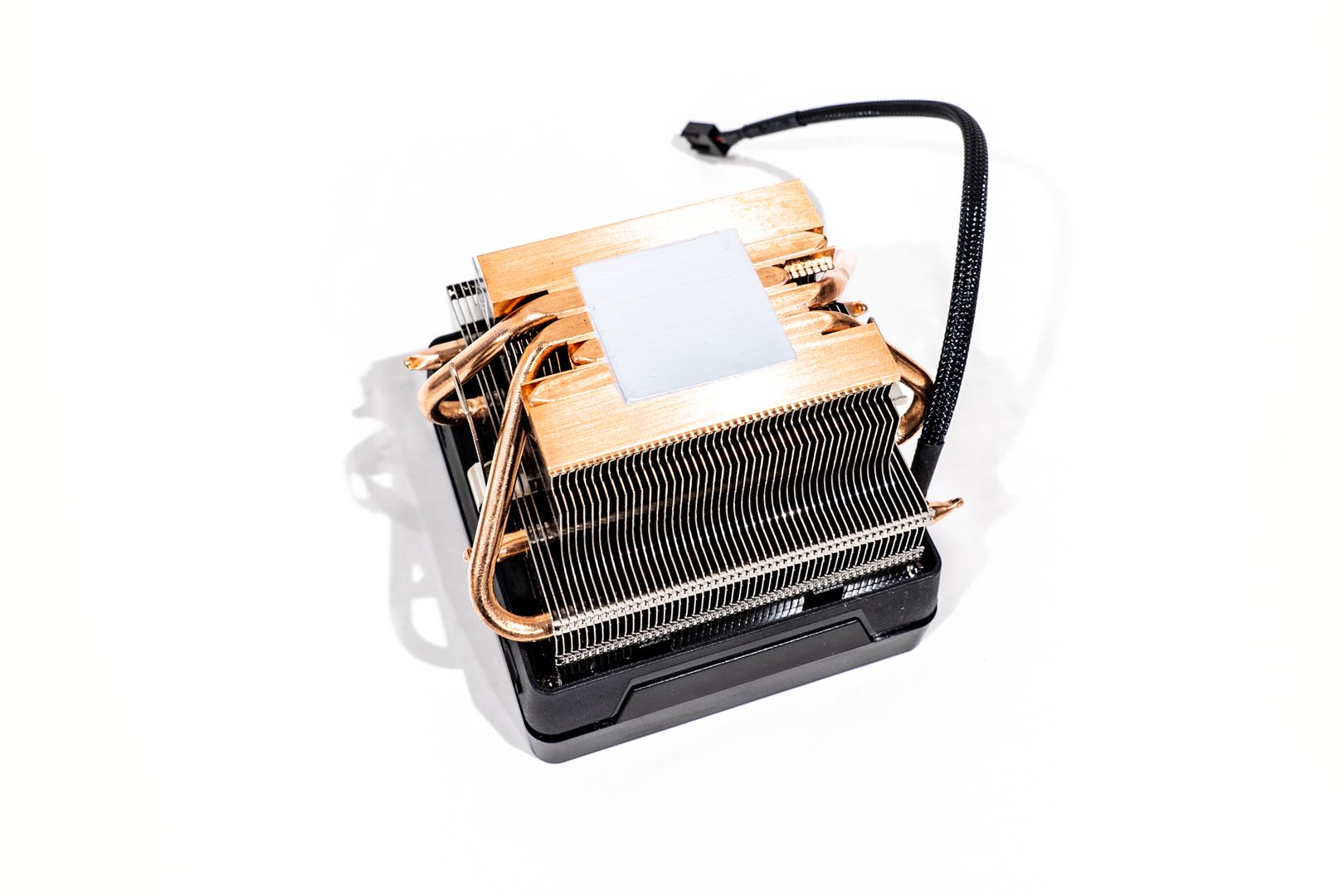
The motherboard that we are using for our tests will be the ROG Strix X570-F from ASUS. The packaging still continues to use the previous generation Strix colour and pattern.
Motherboard Package Appearance
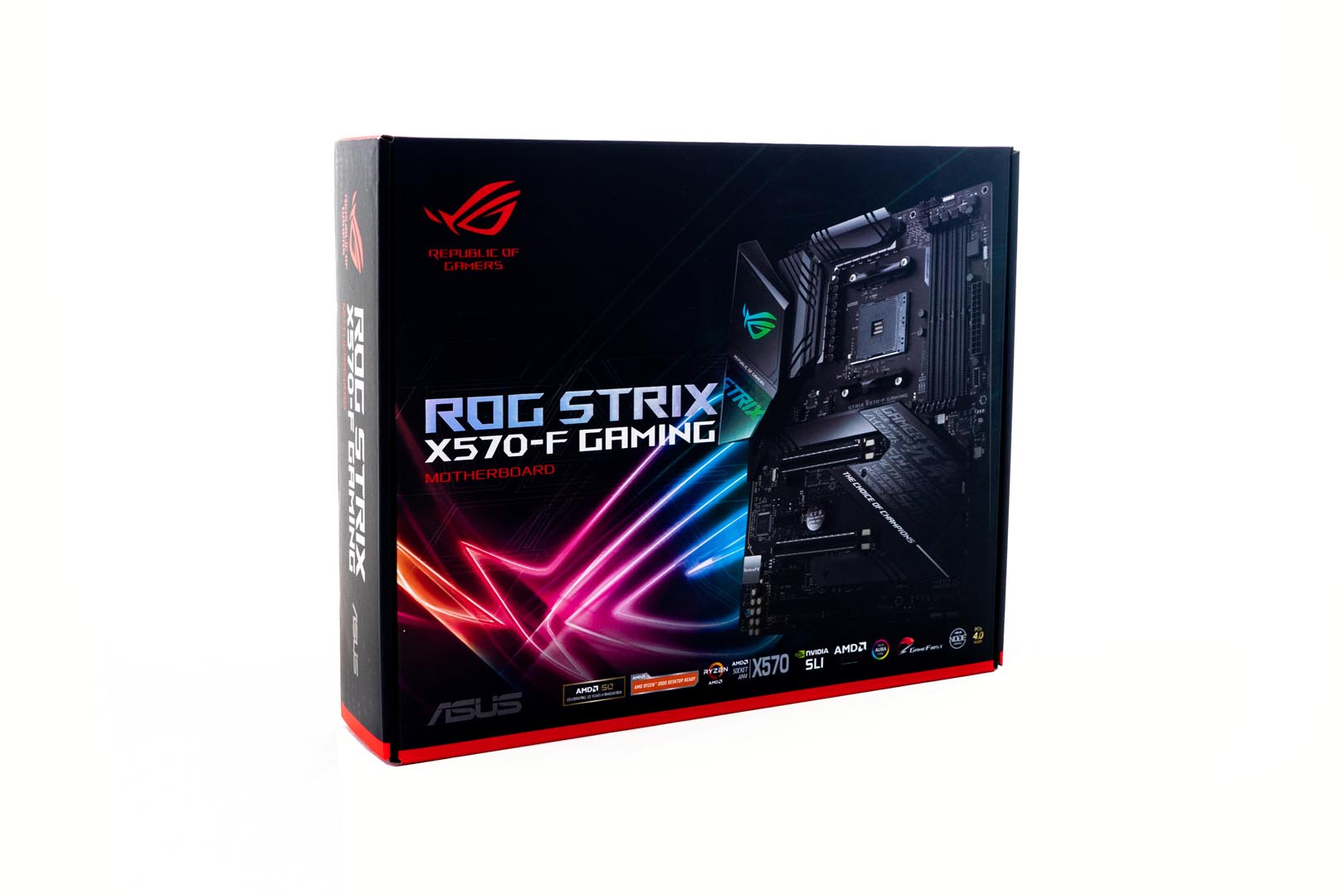
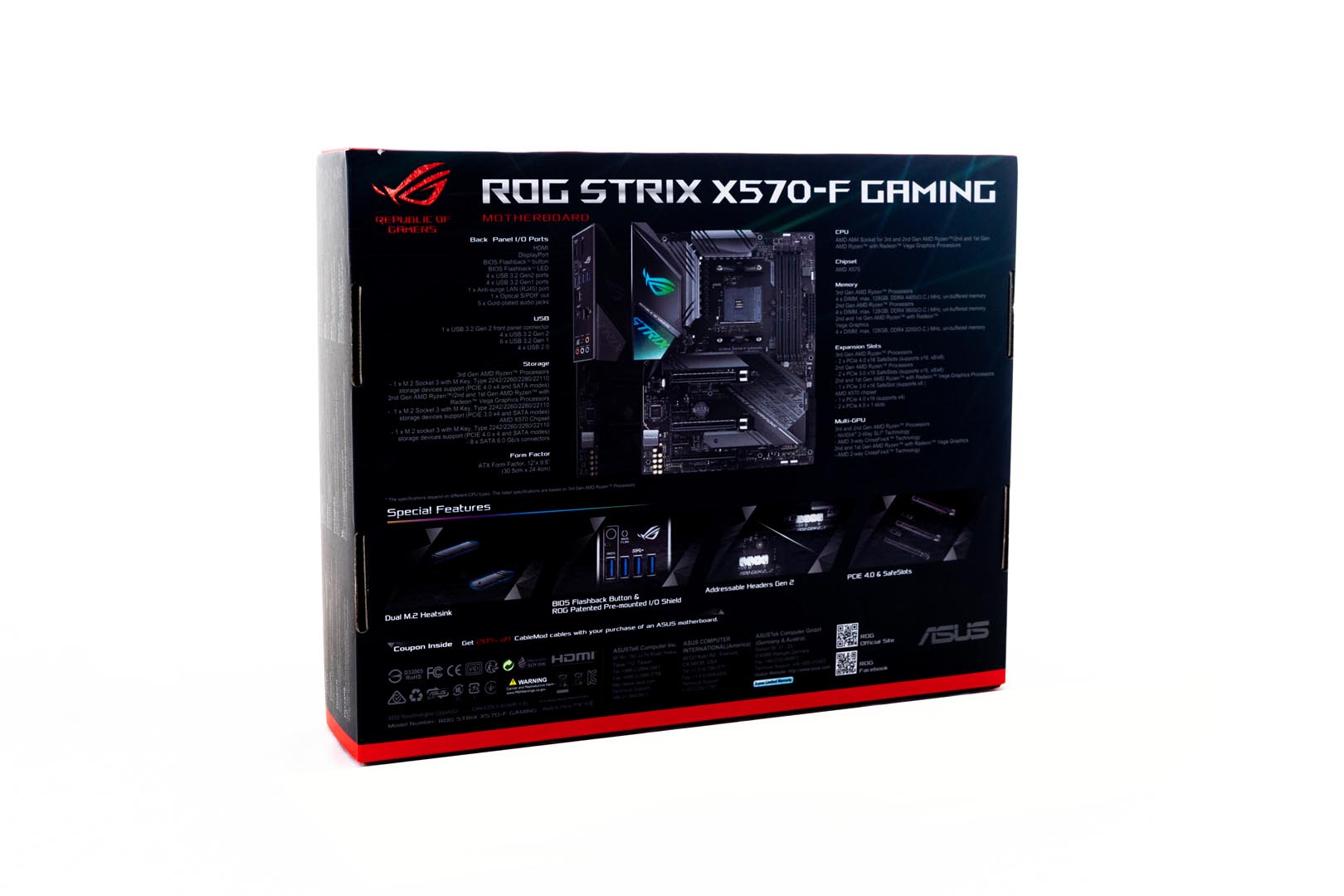
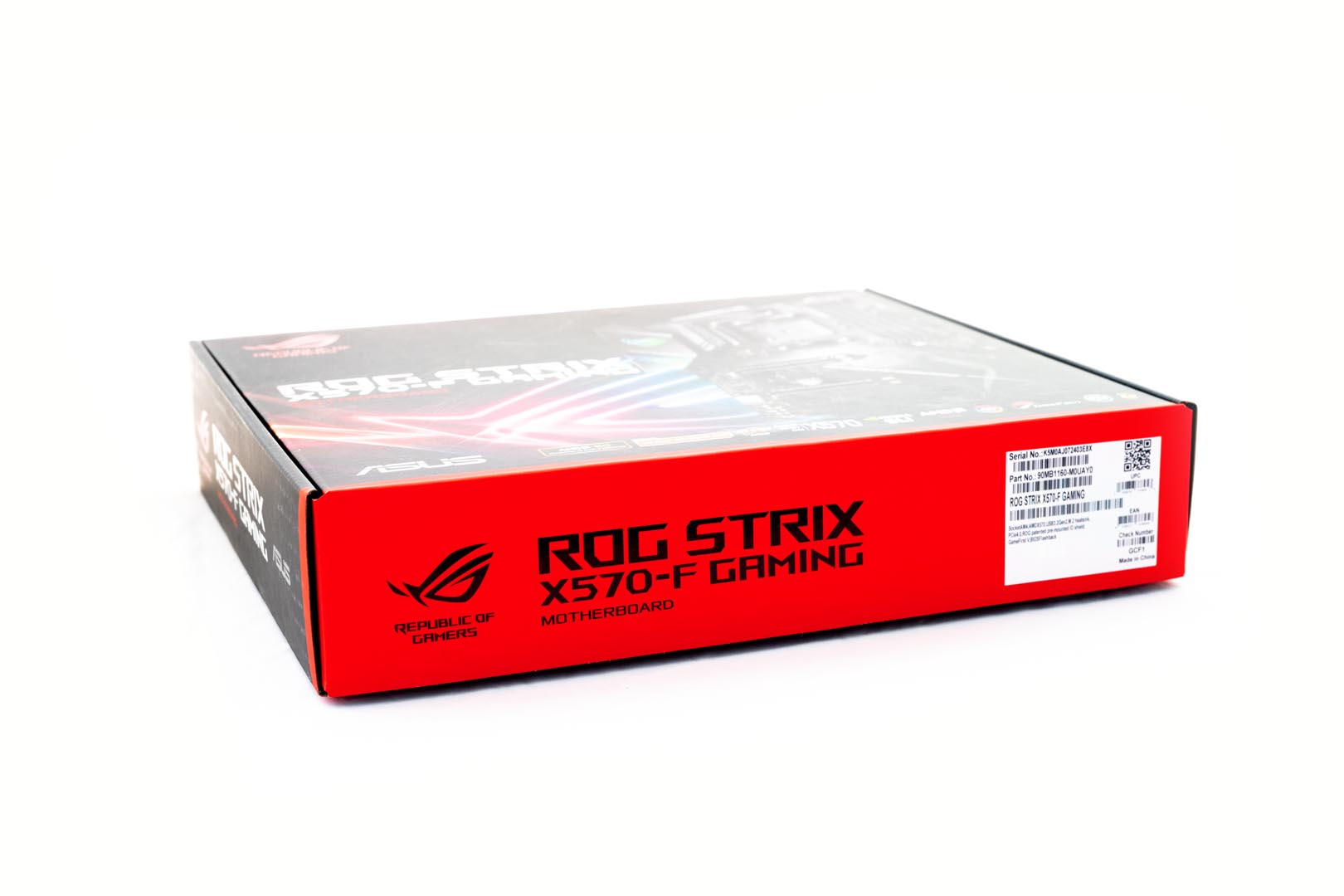
The attachment contains driver CD, new designed ROG sticker, do not disturb notice door sign, an instruction manual and a greeting card

The new version of the motherboard sticker and the do-not-disturb door sign are adopt the matrix dot pattern
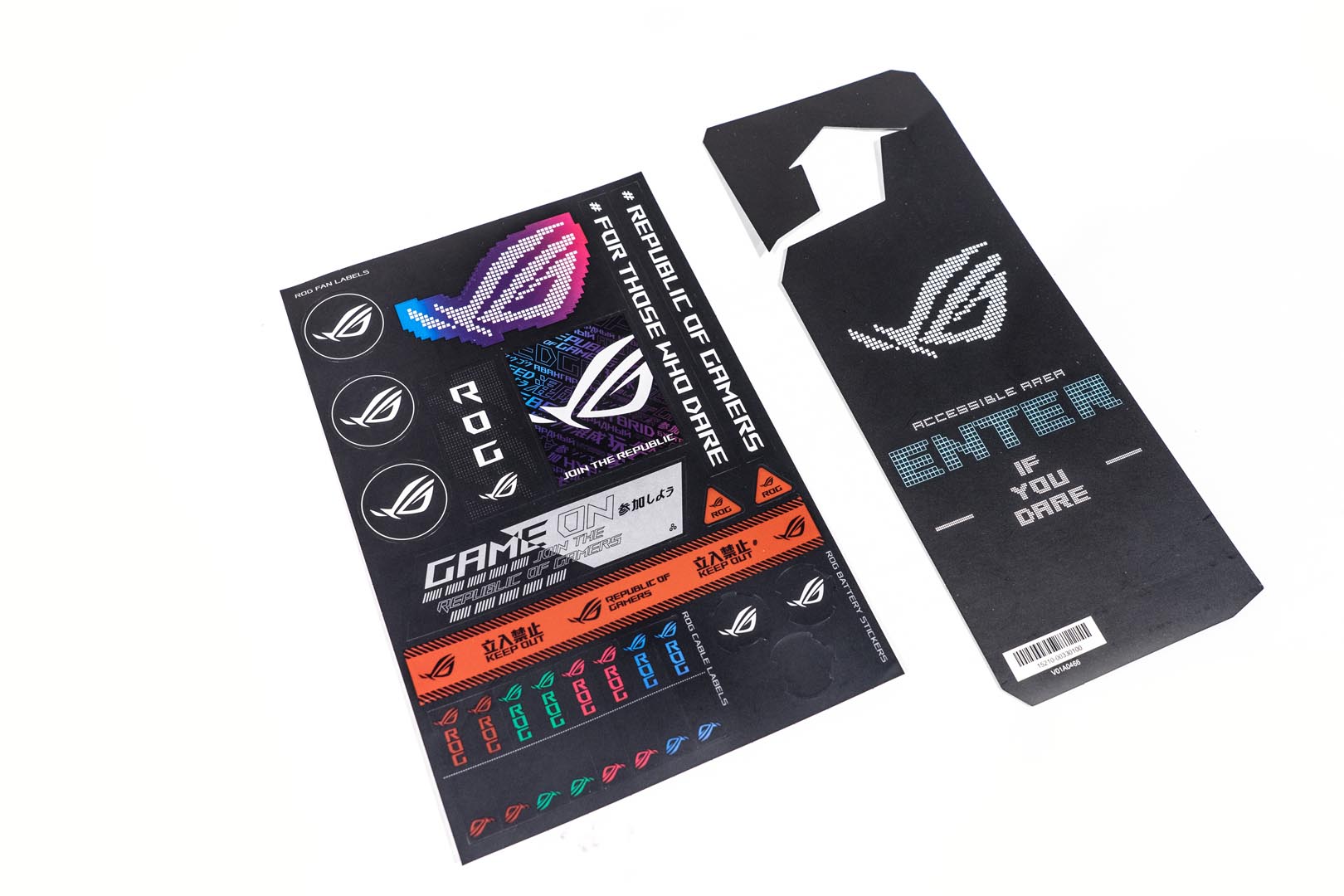

It also contains 4 SATA cables (in the same package), an M.2 SSD screw pack, a cable tie pack, an RGB extension cable, and a thermal monitoring sensor cable

The motherboard has the same colour design as the previous generation. No wireless and Bluetooth modules are included
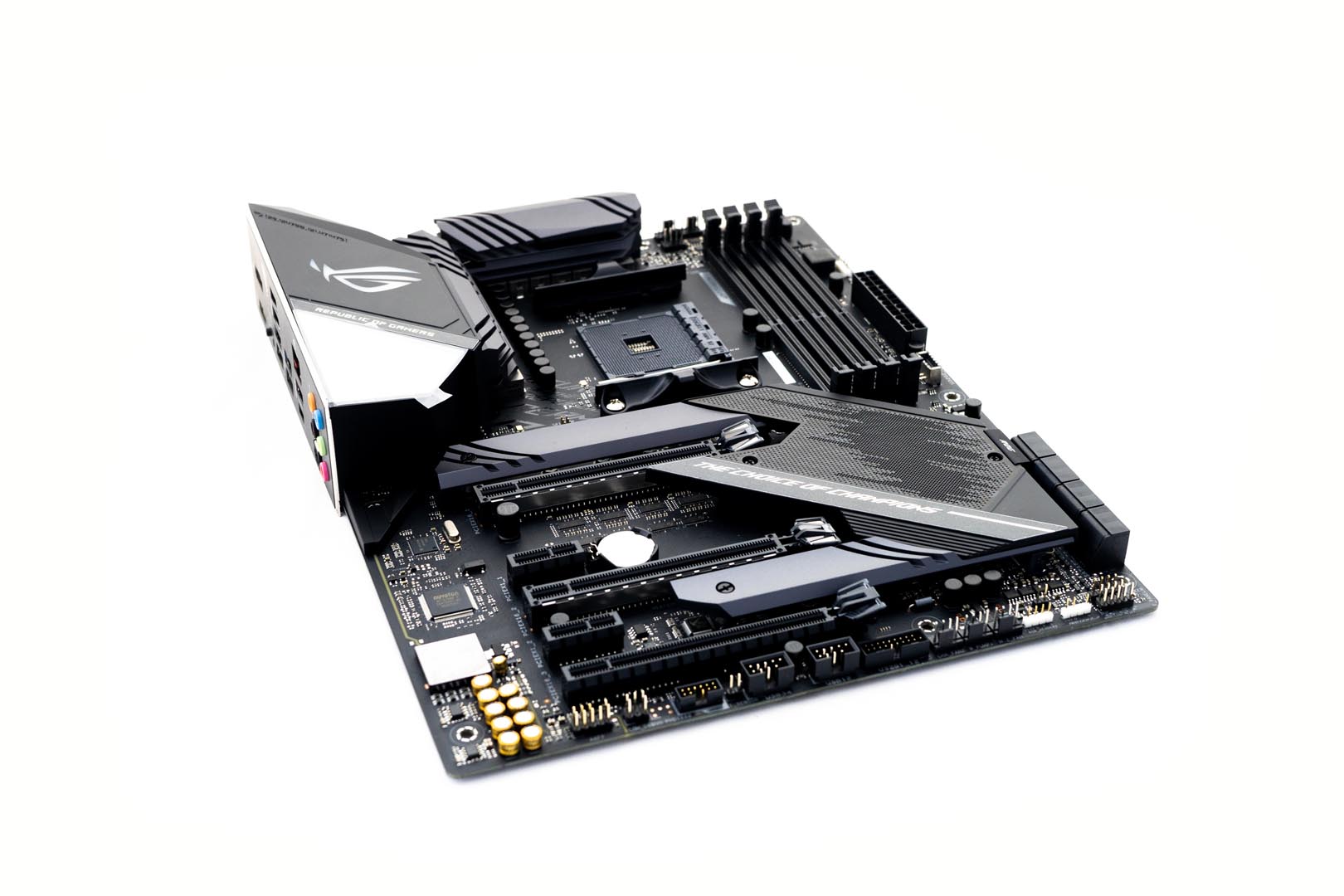

This motherboard uses 12+2 phases and 4+8pin input. The power chip uses ASUS’s own Digi+EPU ASP1106GGQW. The ASP1106 controller supports up to four Vcore phases And two SC phases. In order to meet the current requirements of the latest Ryzen 3000 processor, Asus has installed three power stages for each Vcore stage. With 14 pieces of SiC639. These 50 A power stages provide 150 A current per Vcore phase for ASUS. Although the result is far less complex than the real 14 phases, the power output does exist.

For I/O, the F series does not include a Wifi card. The interface provides four USB 3.2 Gen1 and four USB 3.2 Gen2 (including a Type-C). Unfortunately, the network cable interface is not 5Gbps
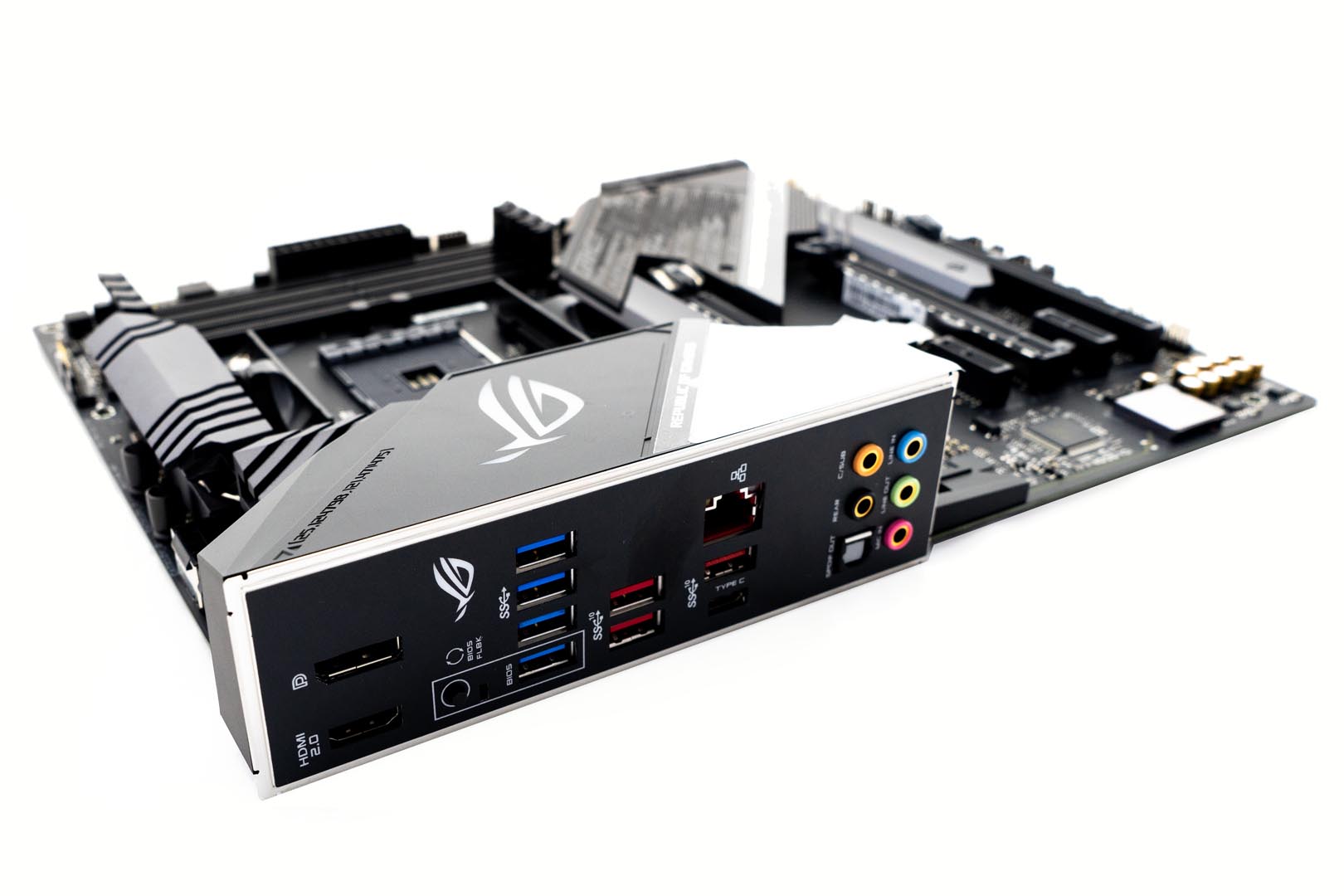
Compared with the Intel platform, the 3rd generation Ryzen has certain advantages on supporting PCIe buses. The CPU has a total of 24 PCIe Gen4 channels and 4 channels for chipset communication. It is specially designed for high-speed storage, and the speed is twice as fast compared to previous PCIe Gen3, and the remaining 20 channels are used to support graphics cards or SSDs. The 3rd generation Ryzen CPU natively supports 4 x USB 3.2 Gen2 ultra-fast 10Gbps connections
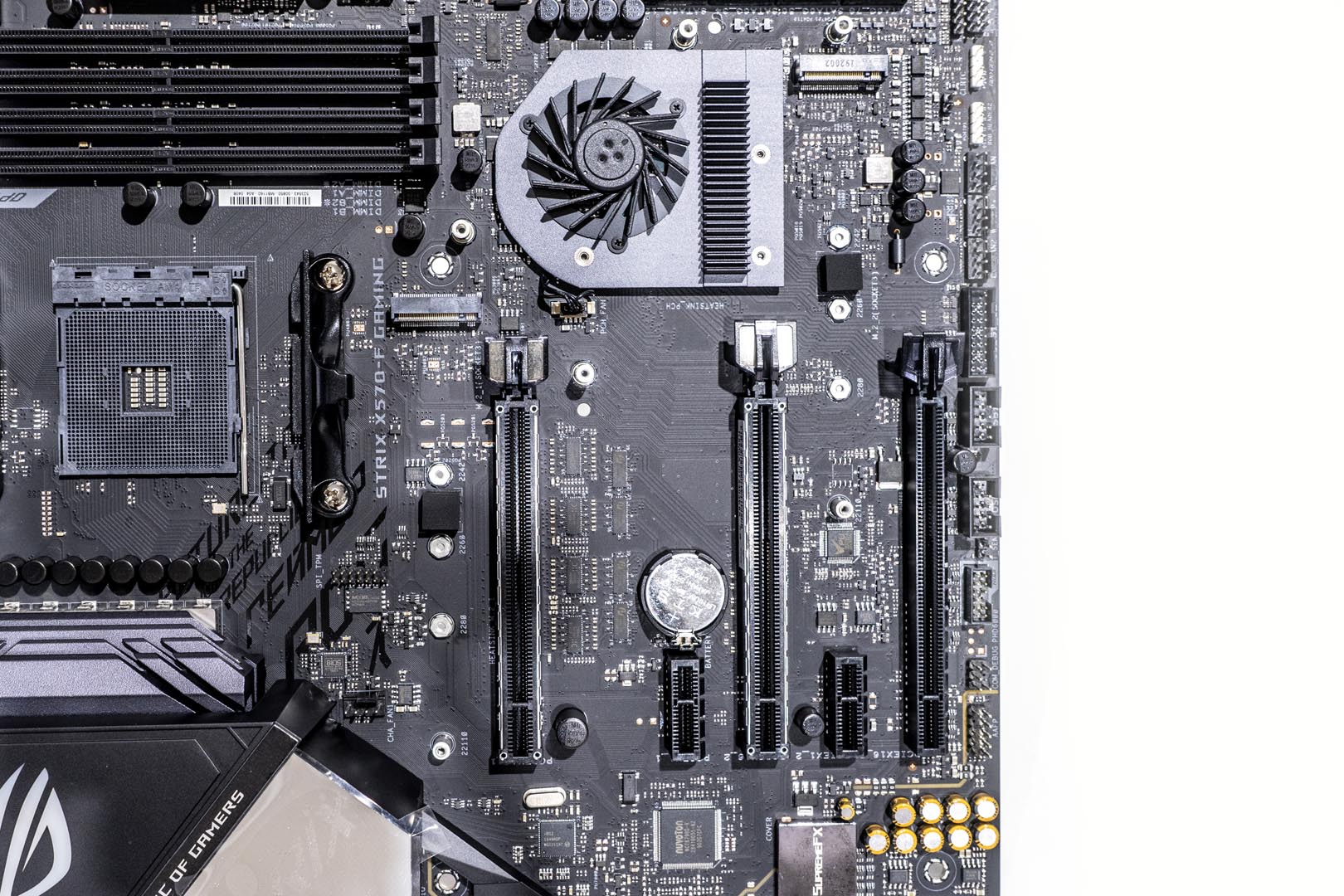
The Northbridge controller is manufactured in a 14nm process and has a PCIe Gen4 controller built-in. The PCIe controller from the X570 is all Gen4. The only disadvantage is that the temperature is really high
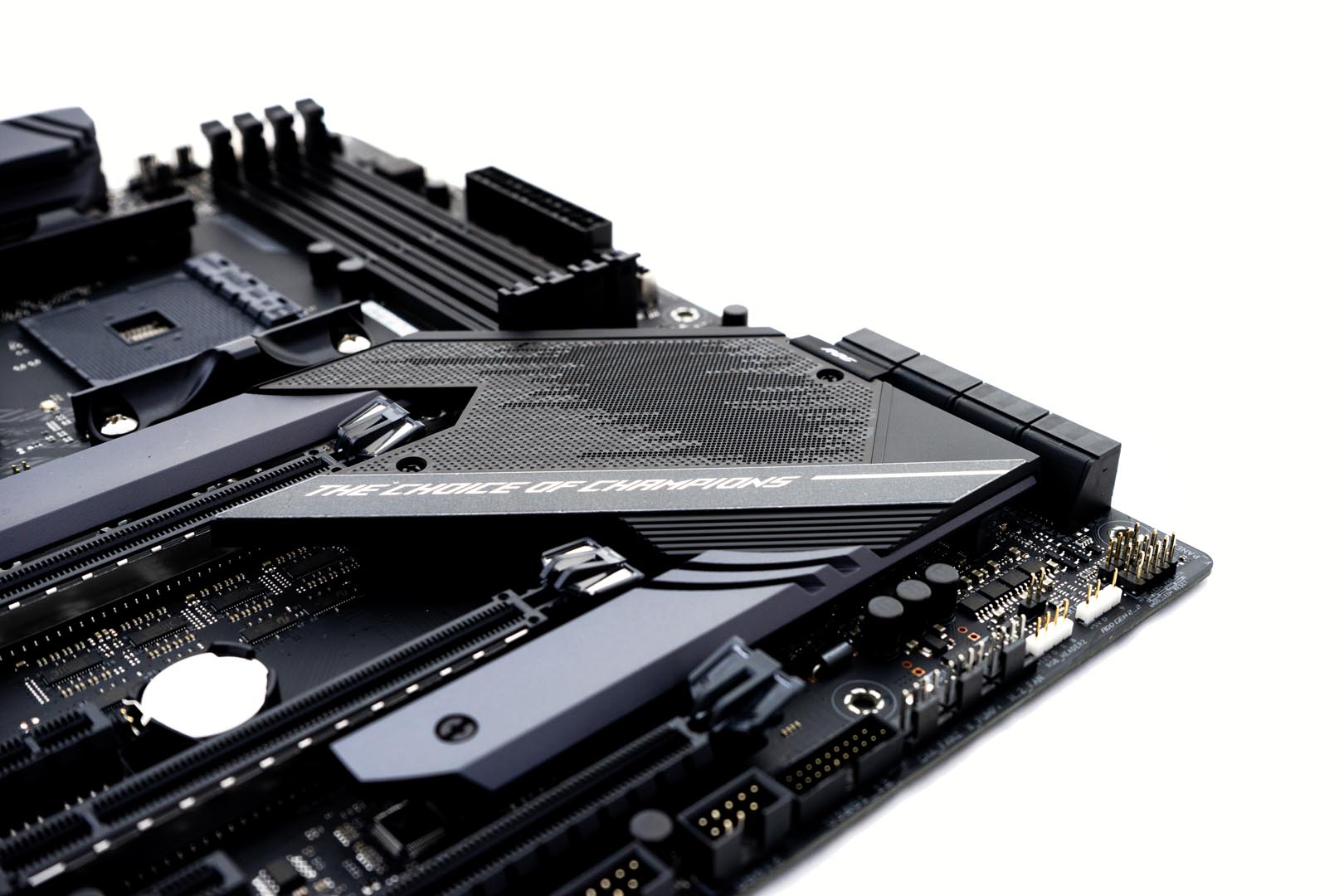


In terms of the memory compatibility, the X570 chipset has enhanced the memory compatibility, and the problem of ‘dedicated memory’ that was criticised by the previous generation has been alleviated
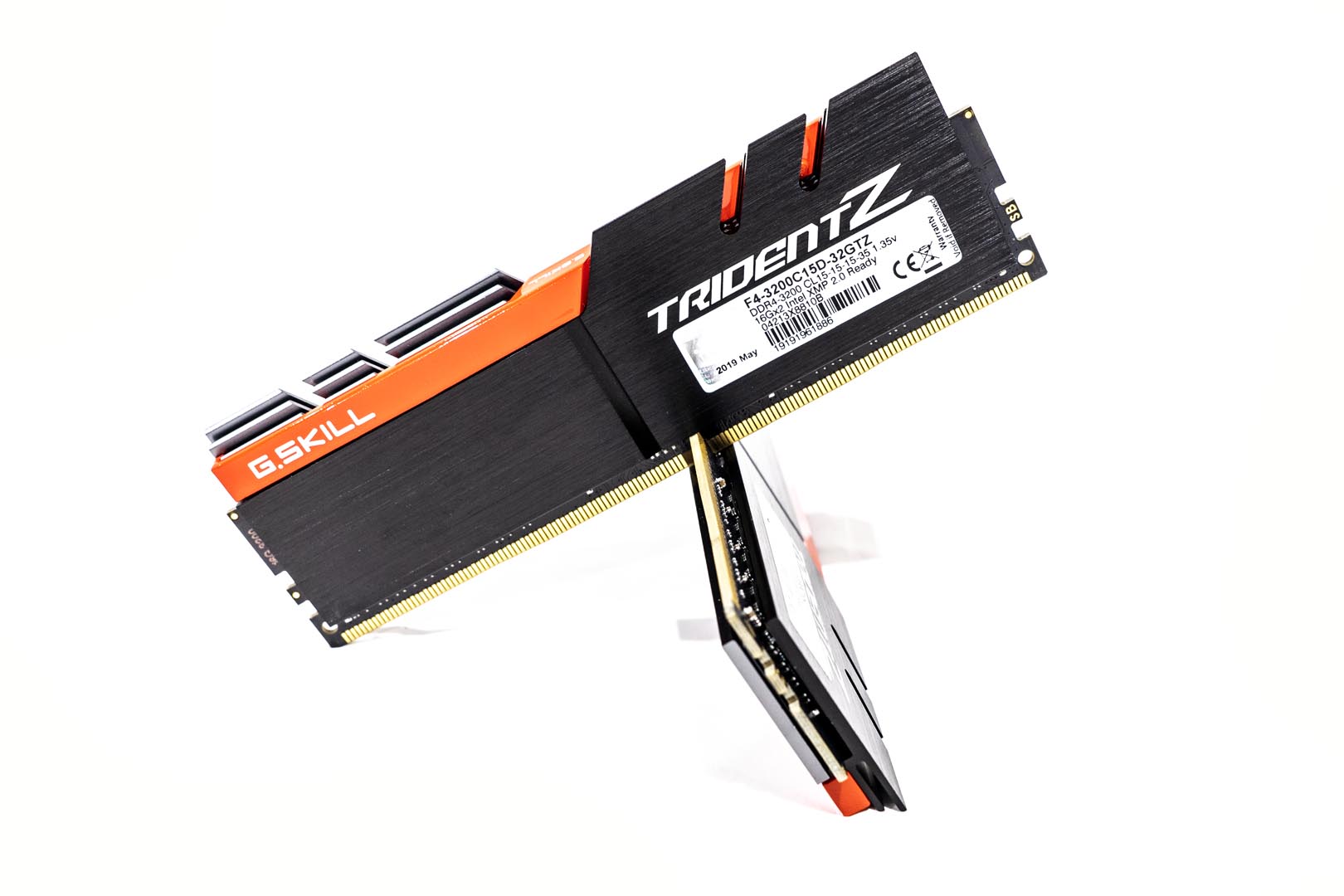
The SSD used in this test is the PCIe Gen4 version CORSAIR MP600

There is a metal backplate on the bottom of the heat sink, which will conflict with the rubber pads on the motherboard that prevent SSD bending
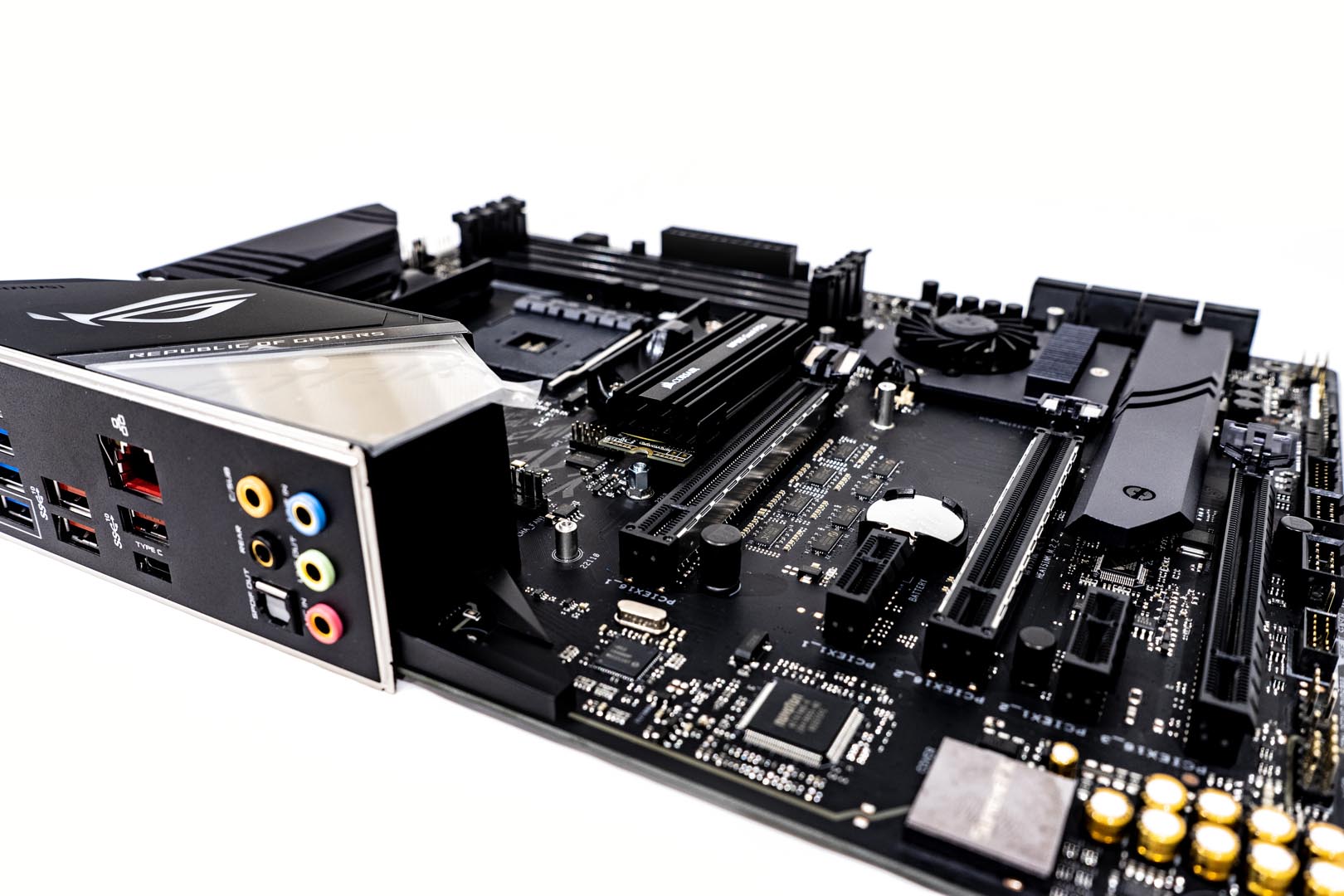
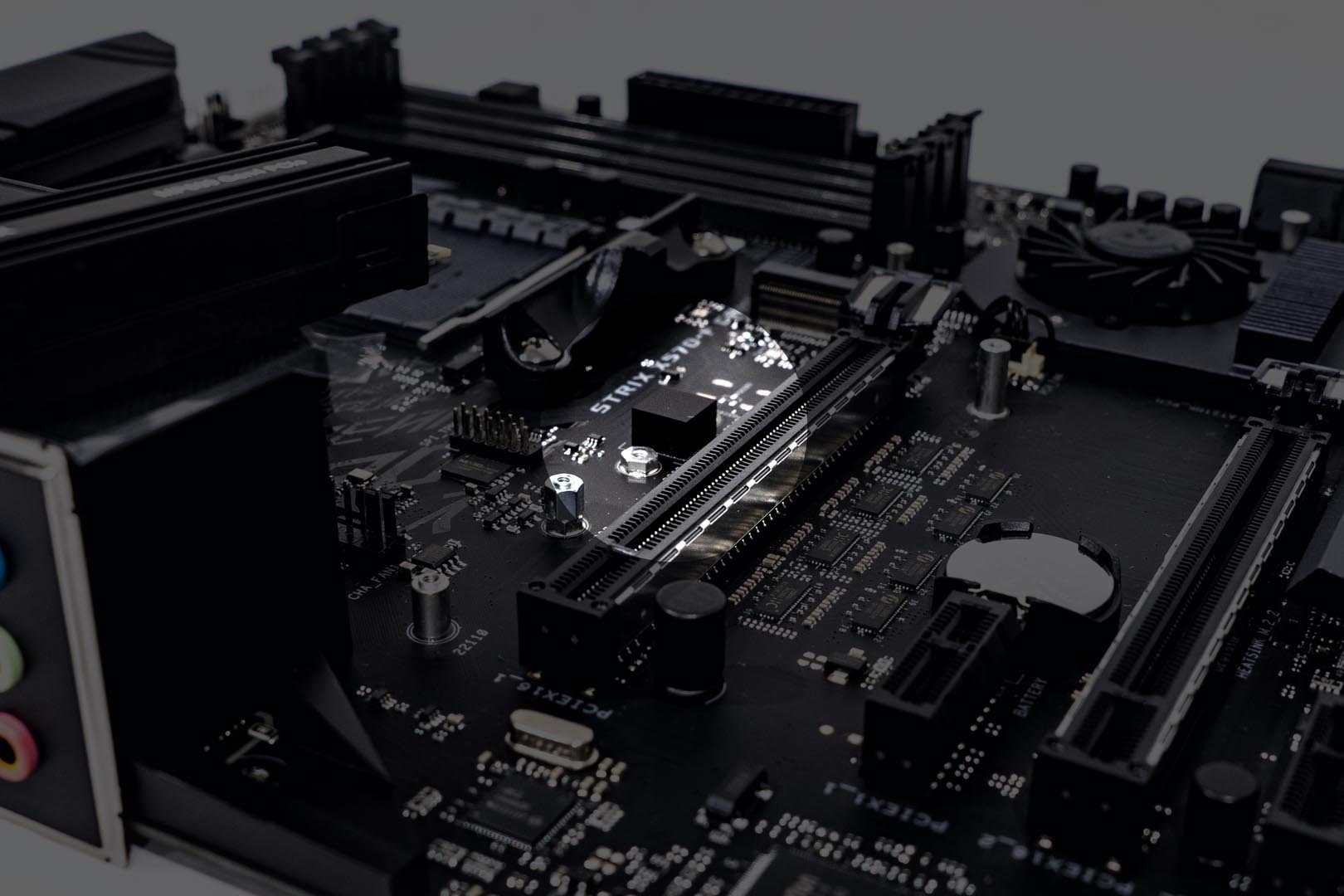
The upper part of the self-contained heat sink of SSD is too large, and it is not compatible with the heat-dissipating armour of the motherboard, and it must be removed
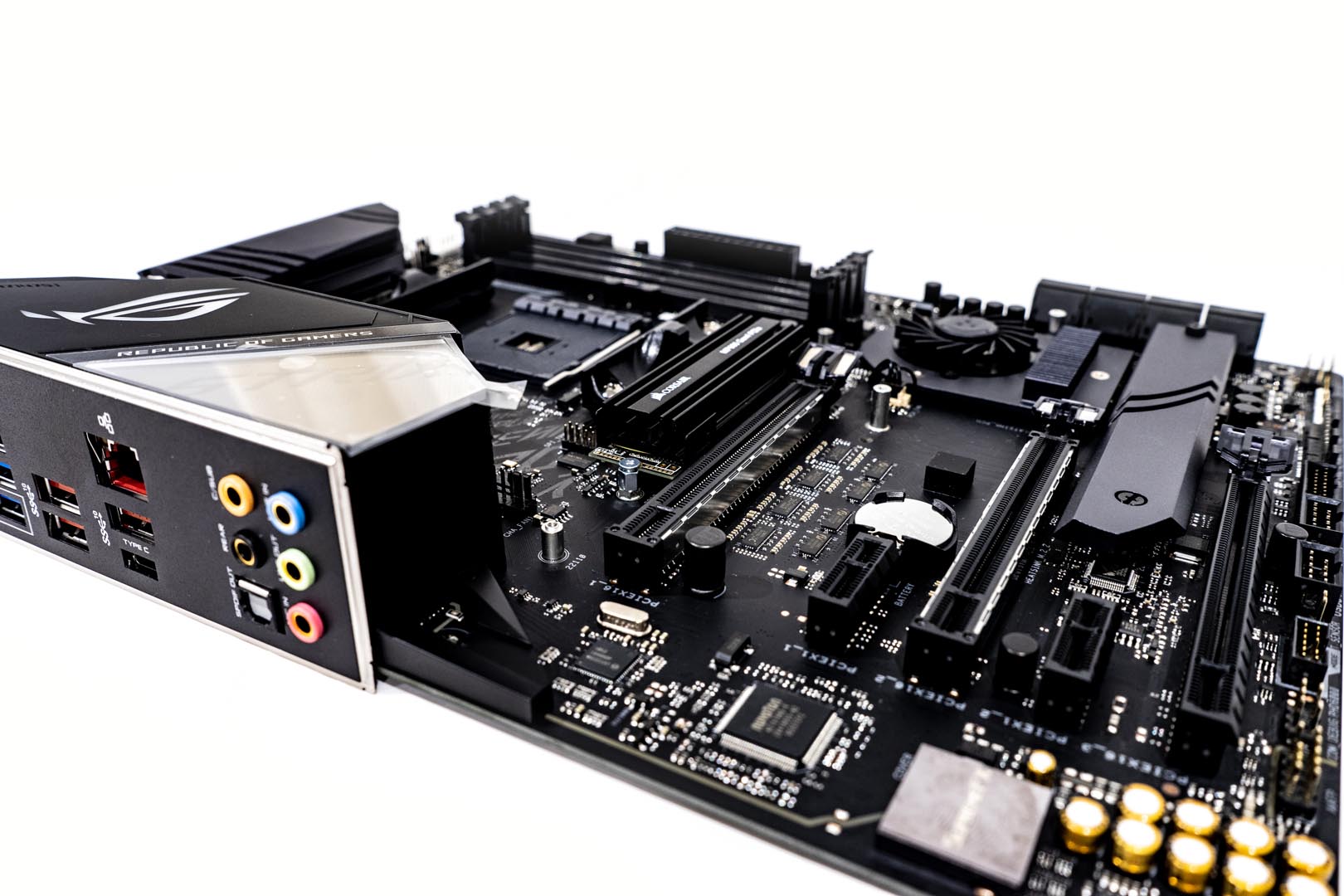
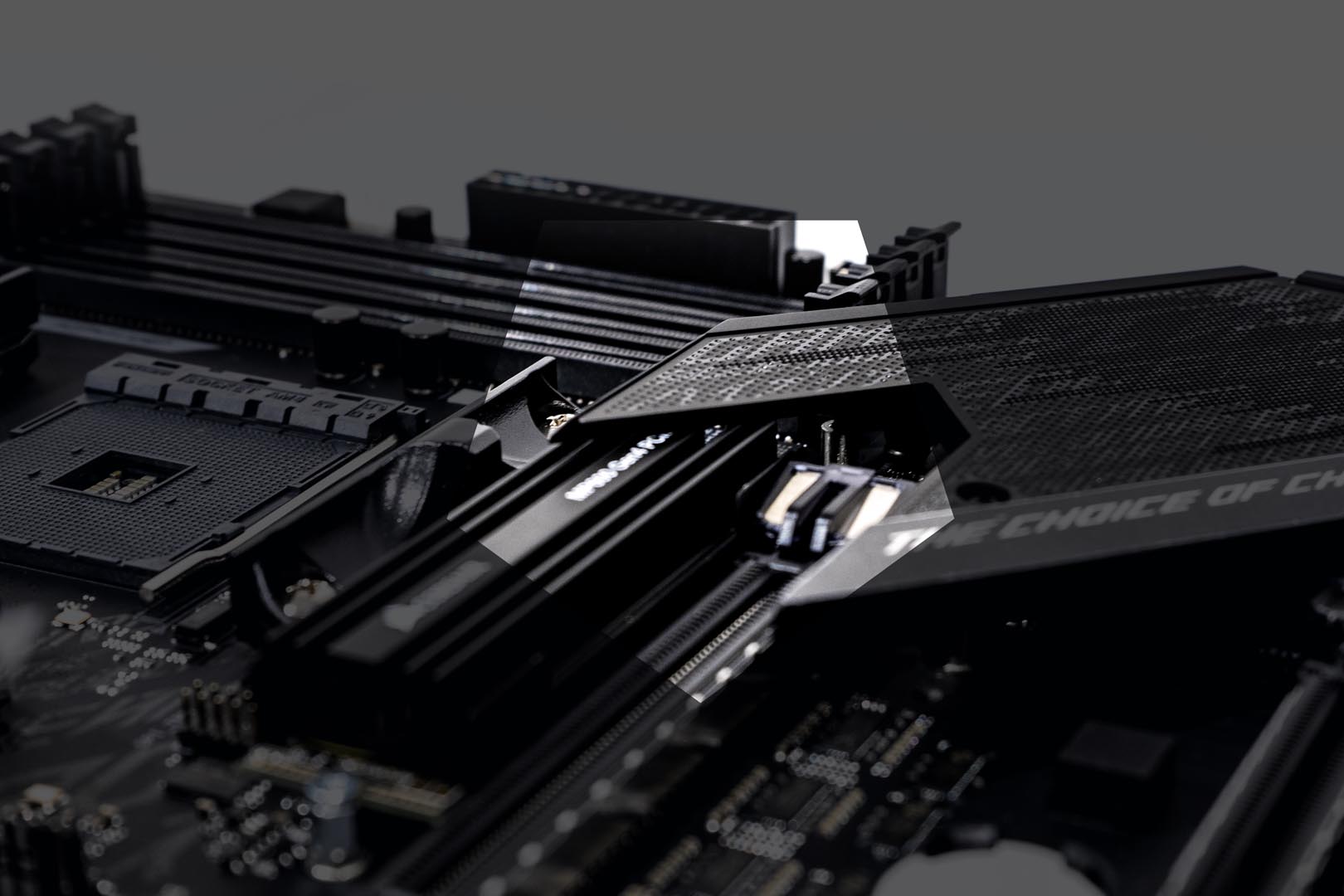
We installed the SSD on the M.2-2 slot. The north bridge’s cooling fan will make the SSD have better ventilation

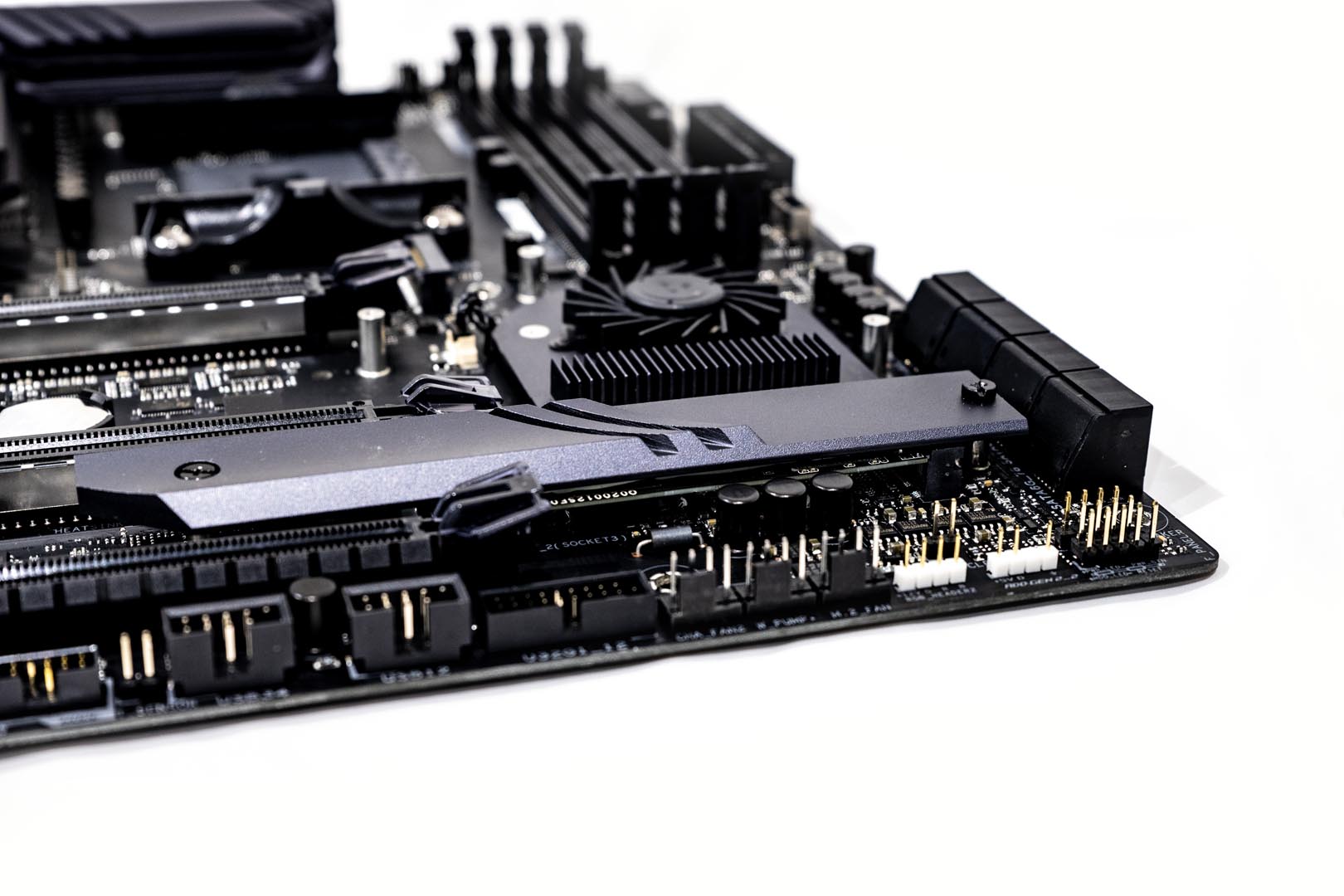
The power supply we are using is a platinum series power supply from Seasonic to ensure a stable power provides

The heat sink that we used is a 240 AIO water-cooling kit and the AMD Wraith Prism air-cooled heatsink

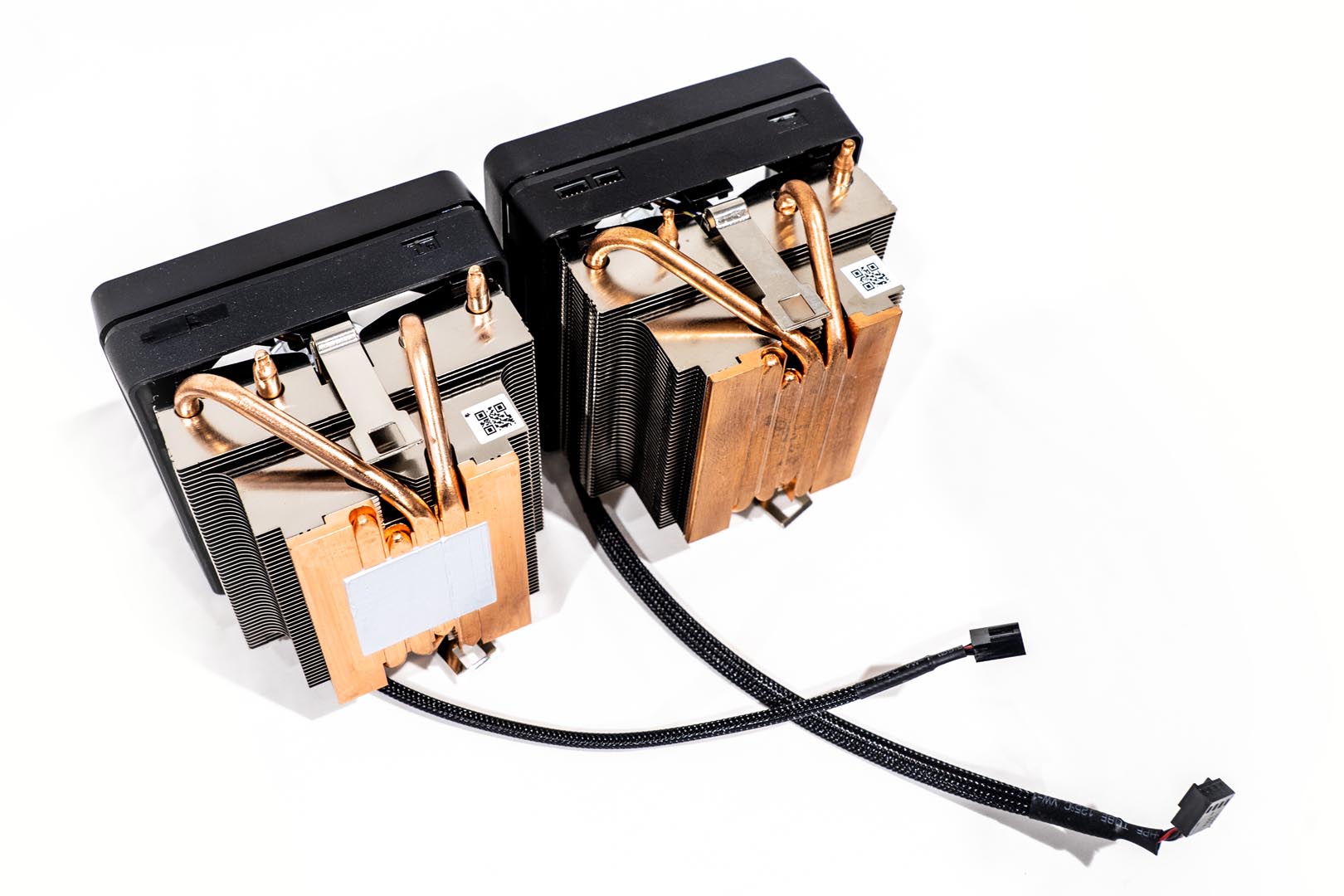
ROG motherboard and the sexy Wraith Prism cooler with RGB SYNC
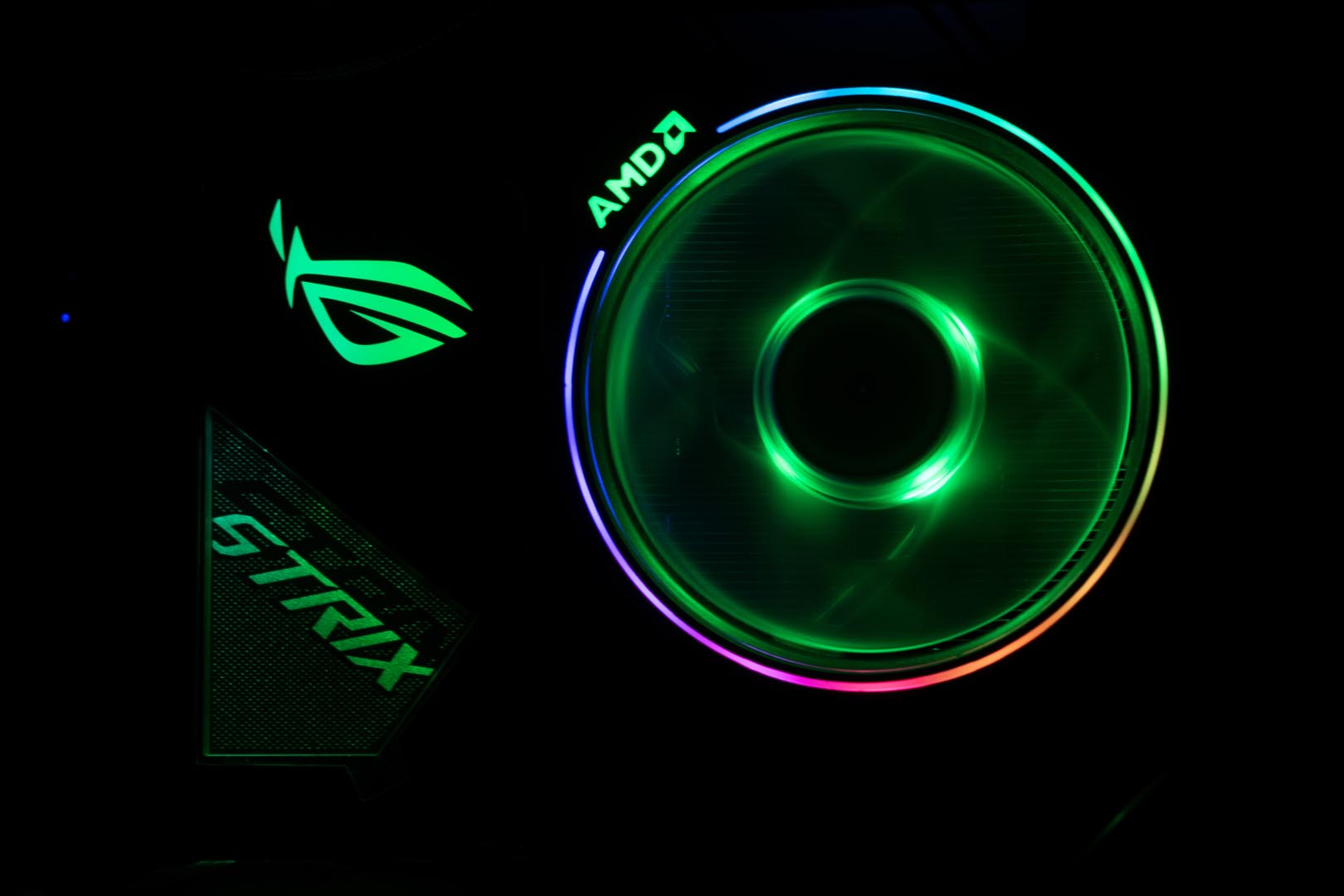
In the parameter comparison section, we used the Intel i9 9900K and the ASUS ROG Maximus XI Z390 platform.
In the system part, we have adopted Win10 1903 in a unified way. This version has optimised the 3rd generation Ryzen to a certain extent, and single-core gaming will have better performance.
In the driver part, after installing the latest AMD companion chipset driver, it will provide the Gen3 Ryzen exclusive UEFI Collaborative Power and Performance Control, which will speed up the CPU Turbo response time. When the load occurs, the CPU frequency increases. The reaction time will be reduced from 30ms to 1ms in the previous generation, and the speed of web browsing and software opening will be significantly improved. At the same time, we will switch the power management plan provided by AMD to High Performance and turn off the automatic overclocking.
Benchmarks
In the beginning, the CPU-Z details

CPU-Z Cache details
Level 3 cache is 4 x 16MB
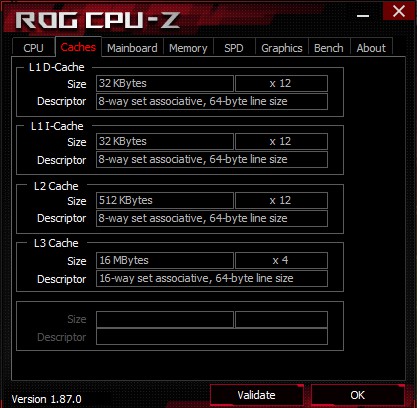
CPU-Z Ram details
The memory frequency we use on the AMD platform will be lower than 3600MHz, mainly because the 3rd generation Ryzen separates the bus from the memory controller, and the FCLK frequency will be consistent with the DRAM frequency. The memory delay in this state will be minimised. With a large-capacity level 3 cache, the gaming performance will be further enhanced. When the memory frequency is greater than 3600Mhz, the BIOS will automatically divide the FCLK frequency and cut it to half. At this time, the memory delay will increase greatly, and the actual performance will decrease
CPU-Z Benchmark, compare with 9900K’s reference, single core speed, just 1% slower, but dominated the 9900K in multicore
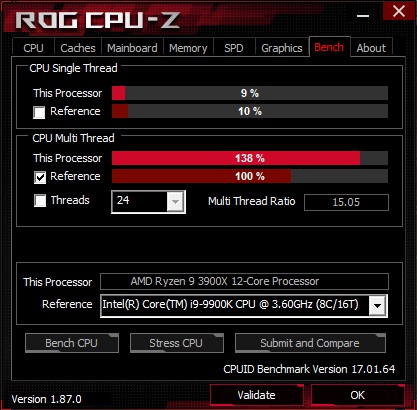
Cinebench R15 single-core result
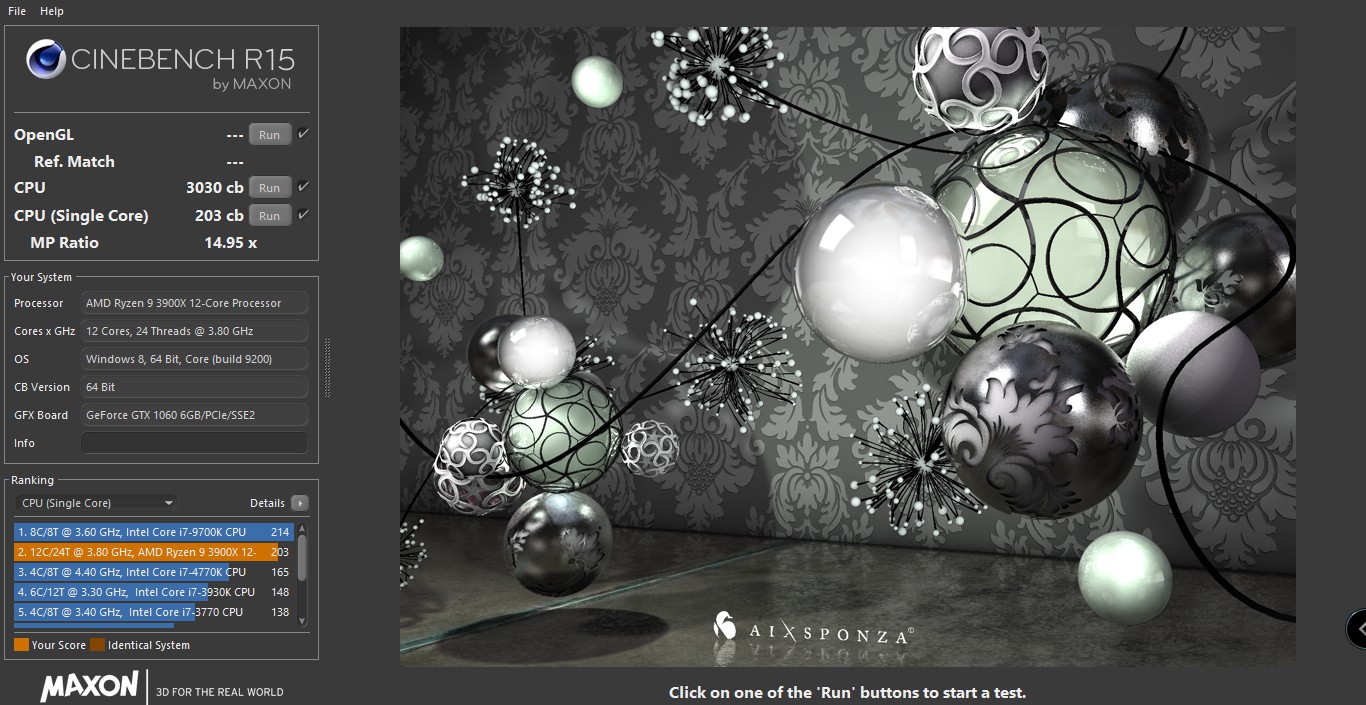
Cinebench R15 multi-core result
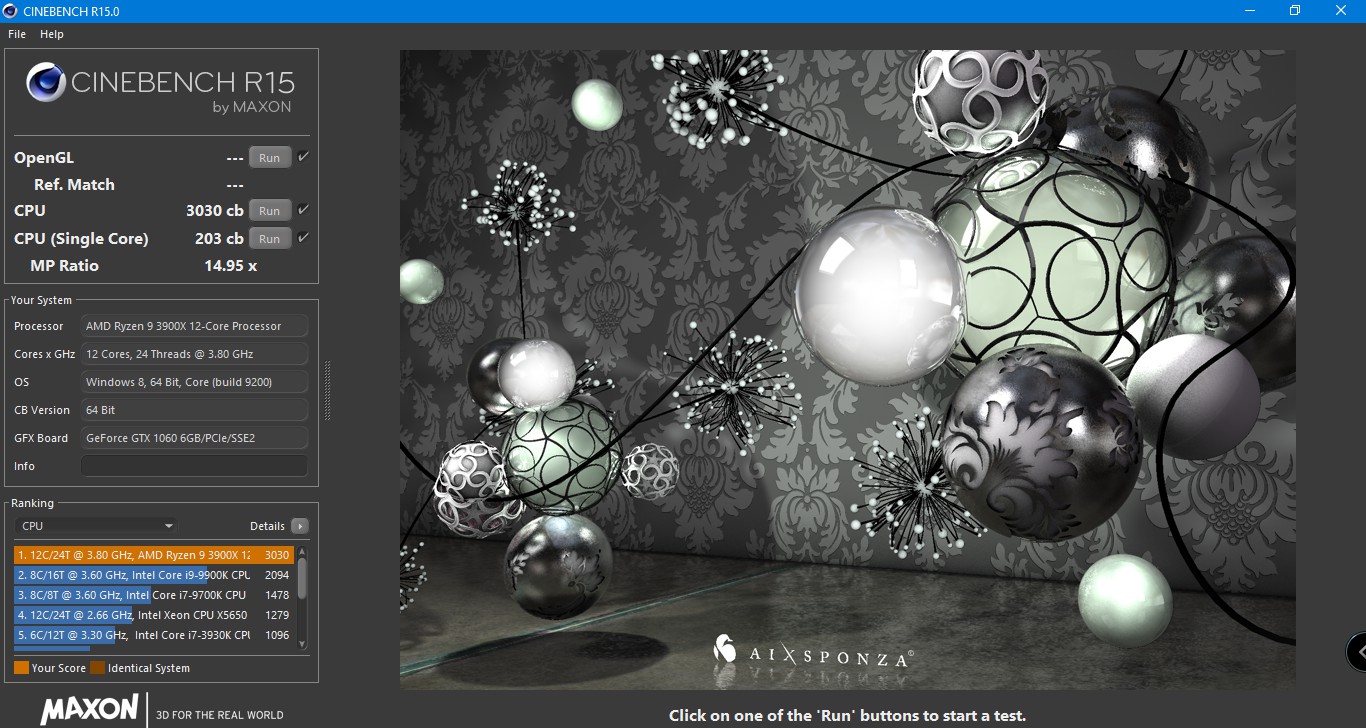
Cinebench R15 Extreme multi-core result

Cinebench R20 single-core result
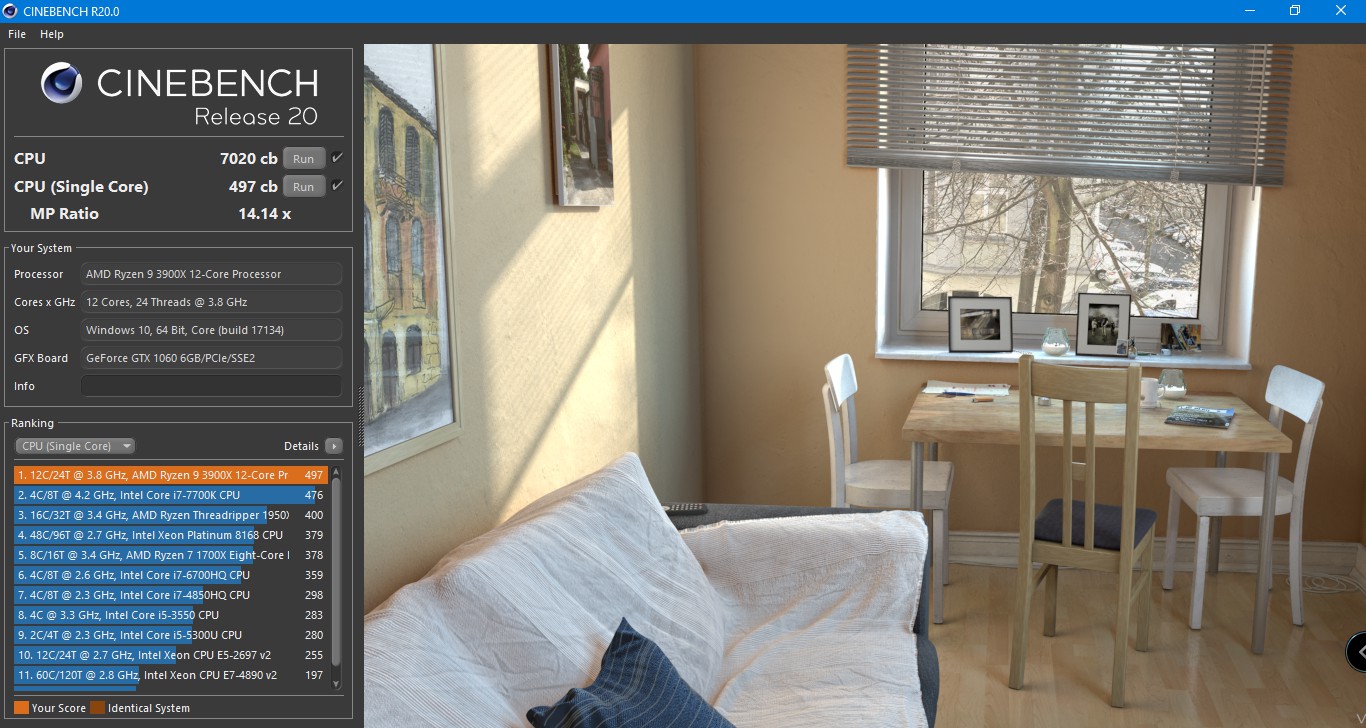
Cinebench R20 multi-core result
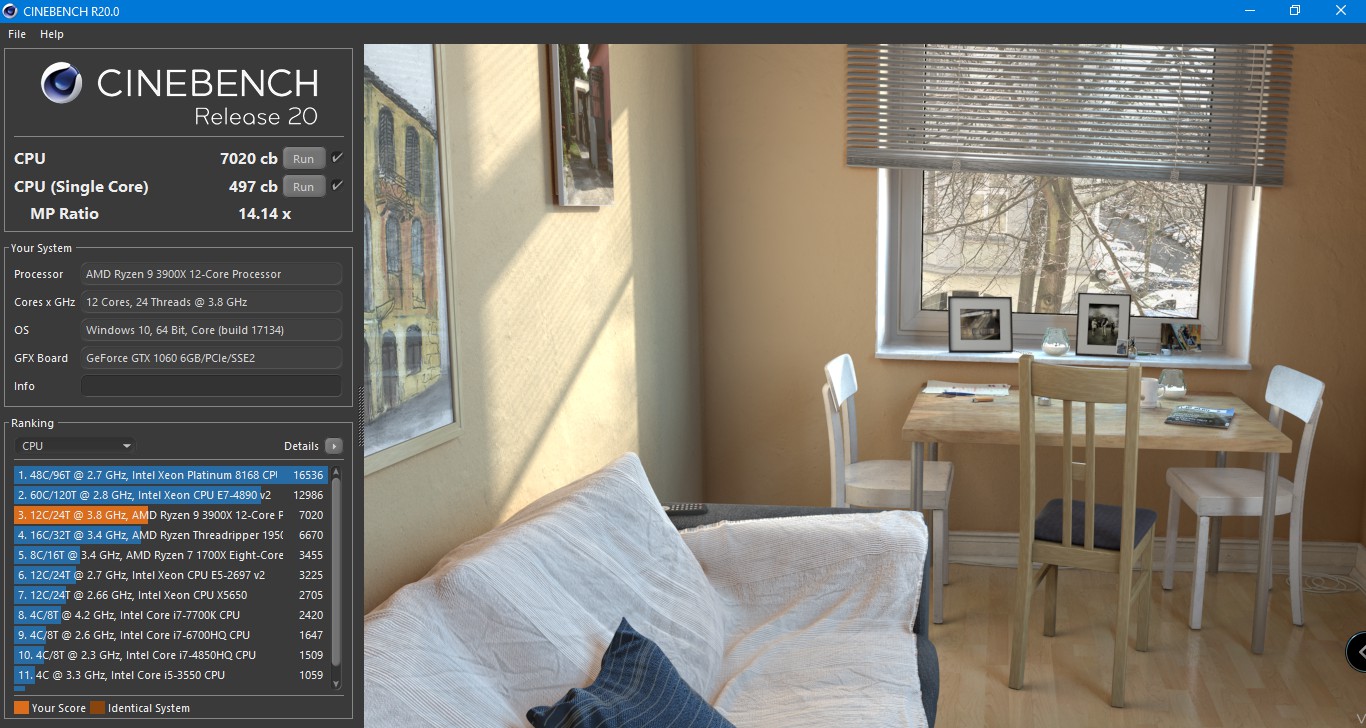
The 3rd generation Ryzen loses out slightly to the i7 9900K in the single-core benchmark, and on multi-core, it has a strong performance, crushing the 9900K. In the multi-thread optimised 3D rendering VRAY test, the 3900X with a multi-core advantage is nearly 20s faster than 9900K.
In 3DMARK’s multiple tests, the CPU physical score of the 3900X is about 6% better than 9900K in Time Spy Extreme, and about 20% better than 9900K in Fire Strike Extreme, compared with the previous generation Thread Ripper 2950X, it also has a 10% Improvement.
Compared with SPECviewperf which pays attention to test graphics card, SPECworkstation3 is quite complete for CPU performance either. The following test is the comparison between Intel and AMD platform
| TEST SETS | INTEL | AMD | PERCENTAGE |
| 7ZIP (ZIP) | 153.21 | 132.57 | 23% |
| 7ZIP(UNZIP) | 43.29 | 54.73 | -21% |
| BLENDER | 683.37 | 502.94 | 5% |
| HANDBRAKE | 77.24 | 57.39 | 26% |
Gaming test
| TEST SETS | INTEL | AMD | GAME |
| AVG FPS | 100% | 149% | CS:GO@1080P |
| CPU LOAD | 100% | 22% | |
| AVG FPS | 100% | 101% | PUBG@1080P |
| CPU LOAD | 100% | 65% | |
| AVG FPS | 100% | 98% | TOMB RAIDER RT+DLSS |
| CPU LOAD | 100% | 52% |
Most games such as Assassin Creed: Odyssey which support AVX instruction set have slightly better performances on Intel than the AMD platform. However, the test results reflect the 3rd gen Ryzen has very close performance in game performance. We are witnessing massive leaps from AMD in this regard.
Heat test
we tested the CPU temperature when under full load by using AIDA64, the average temperature of the 9900K is around 75°C, 3900X is around 60°C. Under the FPU burning test, 9900K is around 104°C due to the AVX instruction set, and 3900X is around 87°C.
Power usage test
We tested the whole computer power consumption when under full load by using AIDA64, the average power consumption of the 9900K bench machine is around 240W/h, 3900X bench machine is around 175W/h. However, the single FPU burning test result is unexpected for us, 9900K generated huge power consumption due to the AVX instruction set, which is around 400W/h, and 3900X is only using around 250W/h.
Overclocking
This 3rd generation Ryzen comes with automatic overclocking settings. According to the official statement, this CPU can be stable OC about 200MHz, but in fact, we can only pull up about 80Mhz, and because the CPU default voltage is initially high that leads to manual overclocking becoming extremely difficult. Even the Ryzen Master offers a voltage limit of 1.535V, and we have not successfully increased the core frequency to 4.5Ghz at this voltage.
Summary
The performance of this AMD X570 platform is really conspicuous. ASUS’s top-level material support and the strong performance of the 3900X have shown a beautiful turnaround from an otherwise Intel dominated landscape.
In terms of price, although the price of 3900X in Australia is slightly higher than 9900K around $30, and the single-core frequency is slightly lower than 9900K, but the number of cores is 4 more, and the number of threads is 8 more. It also has a large level 3 cache and using 7nm TSMC’s new technology to greatly reduce heat and power consumption. Plus, the PCIe Gen4 support and increased memory compatibility.
This time, AMD’s sales strategy is undoubtedly successful. The powerful performance takes into account gameplay and at the same time, it provides a very stable environment and high-speed use for technicians or enthusiasts who work at home and need to do film editing, modeling, rendering, and graphic design.
However, AMD’s old rival Intel remained silent and we will have to wait and see their next move.
EPIC PC RATE SCORE: CPU 87/100
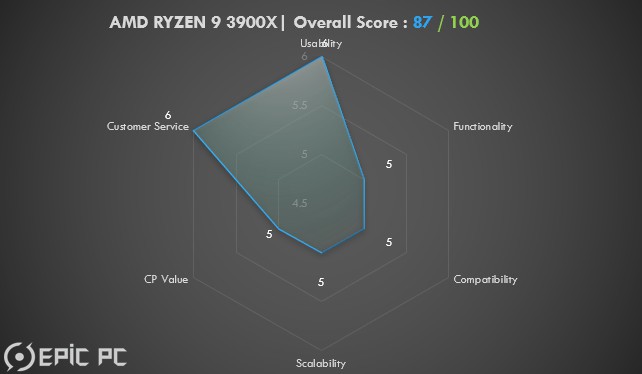
EPIC REWARD: EPIC RECOMMENDED, EDITOR’S CHOICE & EXTREME POWER



EPIC PC RATE SCORE: MOTHERBOARD 87/100

EPIC REWARD: EPIC RECOMMENDED & EDITOR’S CHOICE


EPIC PC RATE SCORE: PCIe GEN4 SSD 94/100

EPIC REWARD: EPIC RECOMMENDED & EXTREME POWER


ASUS X570-F OFFICIAL WEBSITE: HERE
AMD Ryzen 9 3900X OFFICIAL WEBSITE: HERE
CORSAIR 600P PCIe Gen4 SSD OFFICE WEBSITE: HERE




